Tree Stories
What happened while the tree lived?
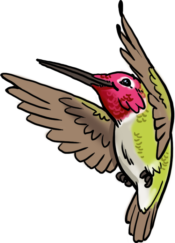
2nd Century
Near the Methuselah Tree
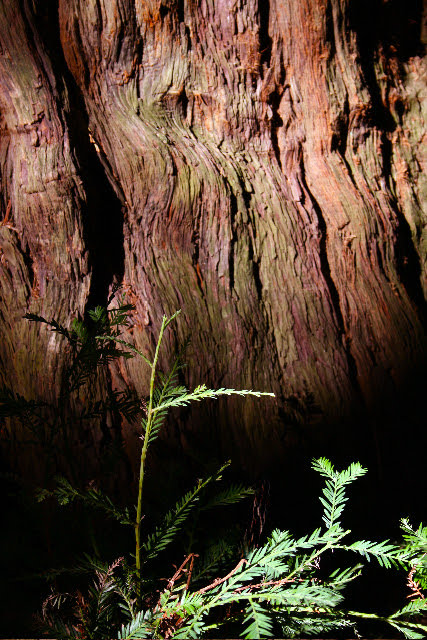
Methuselah Tree Sprouts
In an ancient forest, on a small mountain, stood thousands of giant old redwood trees. One overlooked the ocean and the bay. It’s top was craggy and its bark was charred. It had endured forest fires started by lightning. Hurricane-force winds blew it’s top off, but still it stood. The tree was getting old, over 2,000 years old. The tree dropped seeds on the ground, and some were eaten by squirrels. It spouted seedlings by its trunk. One of these sprouts, stronger than the rest, was the tiny, new Methuselah Tree we know today. The sprout grew in the morning sunshine beside the trunk of the old tree. It reached farther up into the sunlight, and deeper into the ground than the other sprouts. It’s roots grew fast, with the ancient tree sending nutrients and water through mycelium, mushroom roots, to help it grow. In a few months, the sprout was several feet tall.
One night when the Methuselah sprout was big and strong, during a huge storm, the ancient tree rocked from side to side, its roots breaking loose from the soil while it creaked eerily. In the morning the old tree fell to the ground with a thunderous crash. Parts of its trunk broke, and its roots stood sideways. The sprout now had light for growing, and more soil exposed from the old tree falling. The Methuselah sprout grew 100 feet in the next 100 years.

Century CE
2nd C
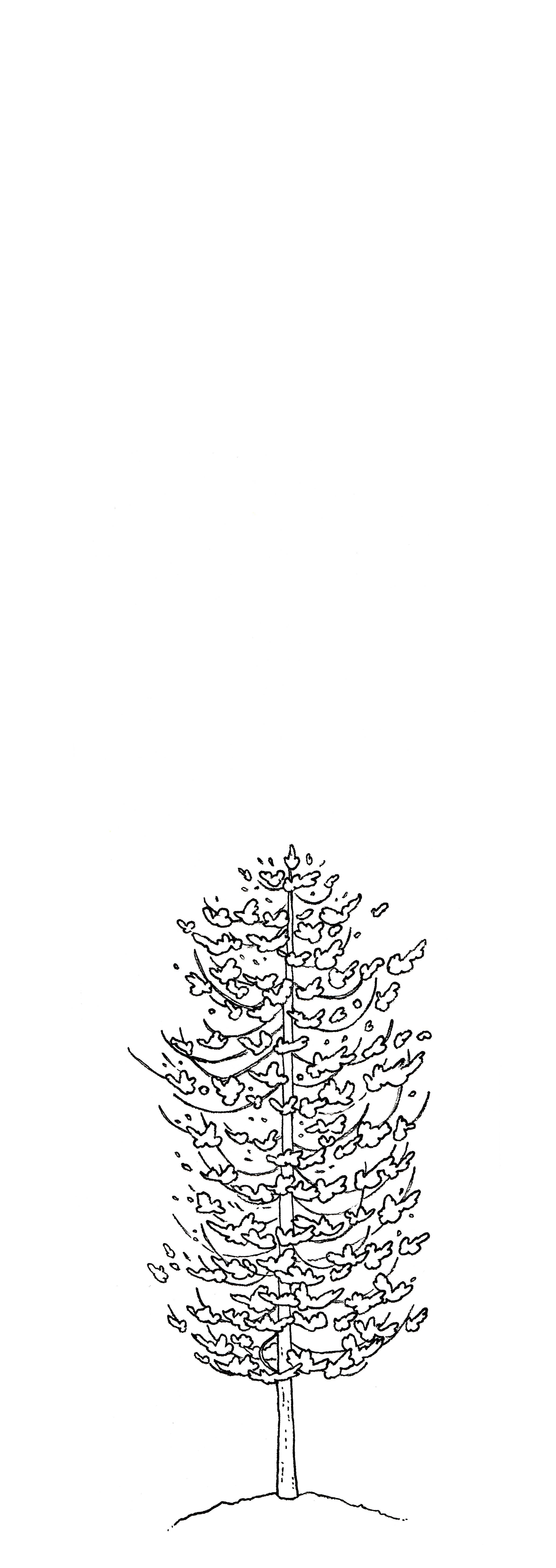
Around the World
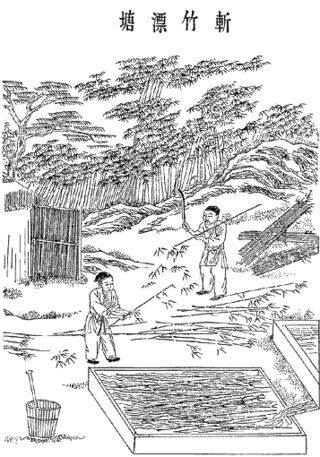
Paper-Making Invented in China
Imagine a world with no paper. Pretend you have a magic wand and can make everything made of paper disappear. What would happen? At one time, the world had no paper as we know it today. Scholars in China wrote their books by hand on strips of bamboo, which were heavy. One scholar needed 3 wheelbarrows to bring his bamboo books with him on his travels. People also wrote on silk. They unwound silk from silk worm cocoons, then wove the silk into cloth, a very expensive process.
People had experimented with paper making for hundreds of years, but at the Han Court in China, an official named Cai Lun, according to tradition, found a new formula for paper making. He used inexpensive materials—bamboo shoots, the bark of mulberry trees, hemp, fish nets and rags.
Steps of Paper Making:
1. Cut and soak the materials, pound them
2. Boil the pulp
3. Scoop up the pulp on a screen
4. Press it flat
5. Hang the wet paper to dry
Making inexpensive, light paper allowed China to become literate and spread it’s literature widely. This helped China become a world power.
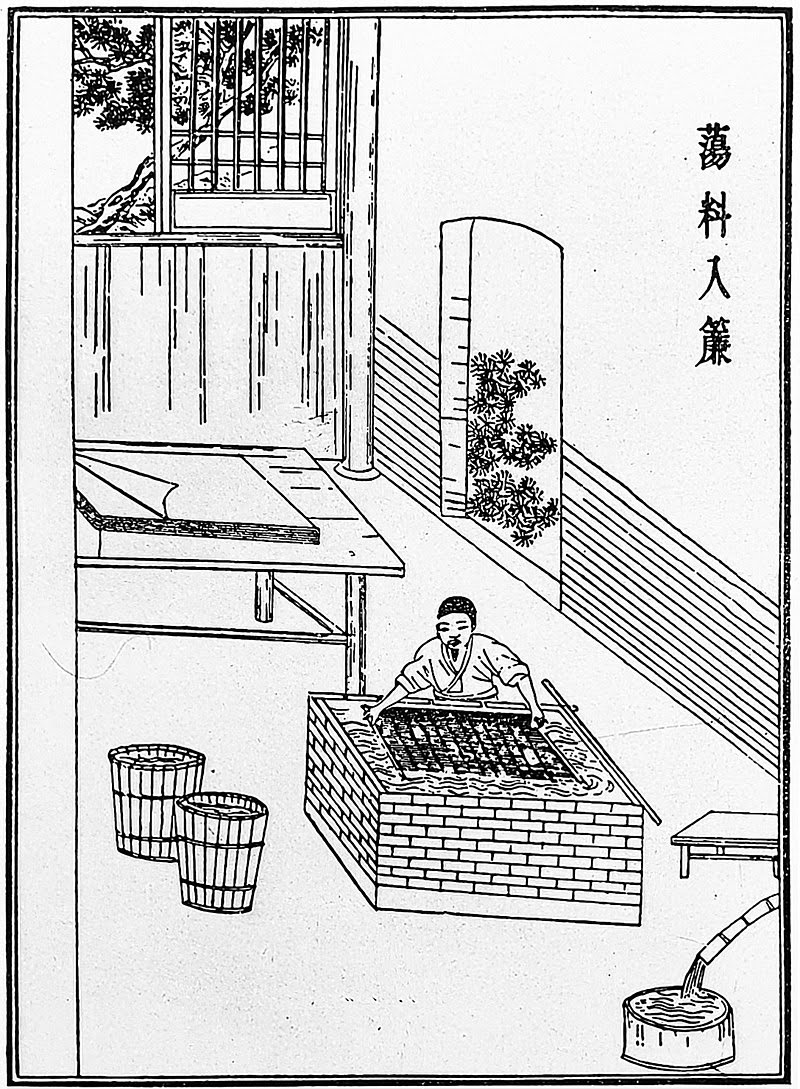
3rd Century
Near the Methuselah Tree
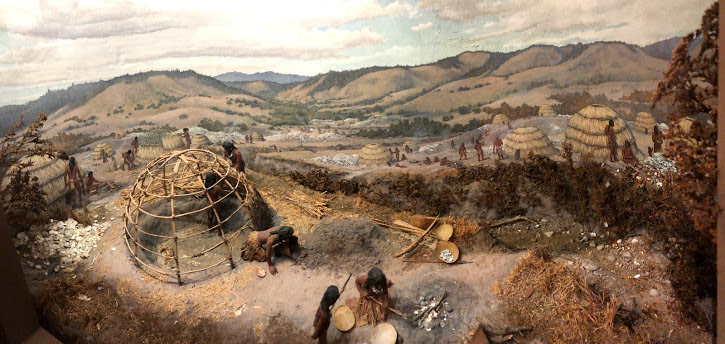
Ohlone People Care for the Earth
Native People lived in bands by the ocean, and walked over the coastal mountains to the San Francisco Bay when winter storms made living by the ocean too difficult. Birds filled the air and animals were plentiful because the people believed it was their role to protect the plants and animals. They hunted, but just for what they needed to live. No Ohlone people were hungry. There were so many foxes, they played like kittens around the people’s feet. We call these people the Ohlone.
Century CE
3rd C
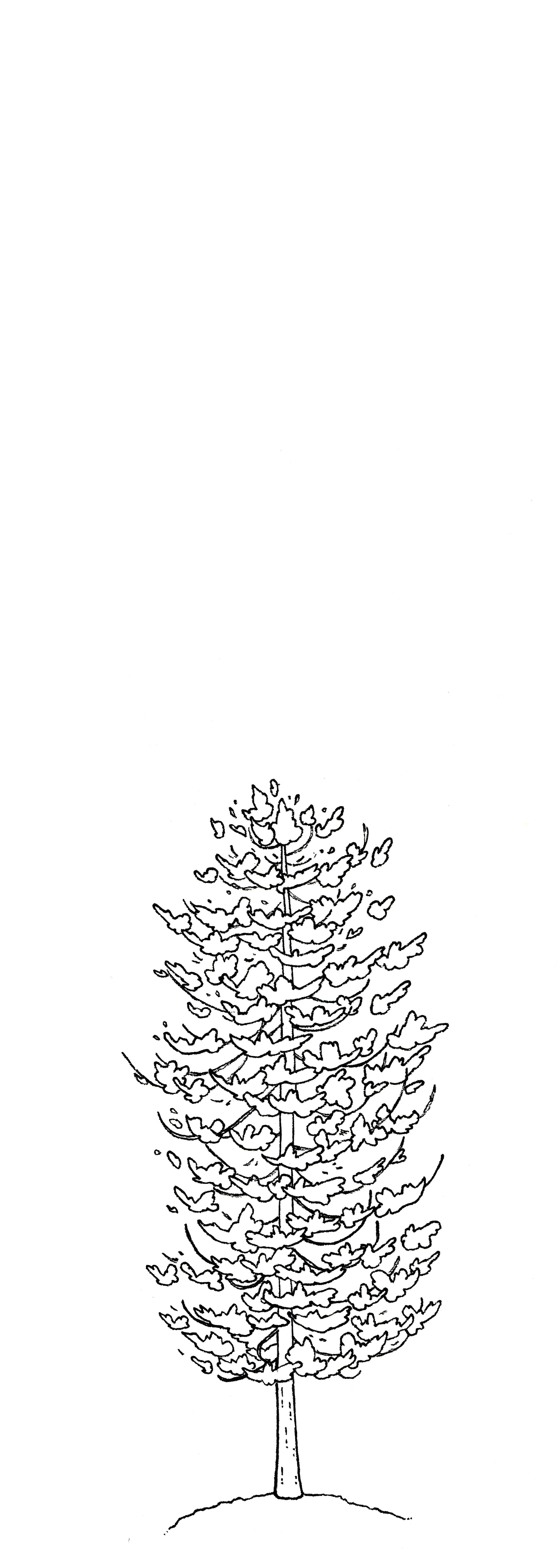
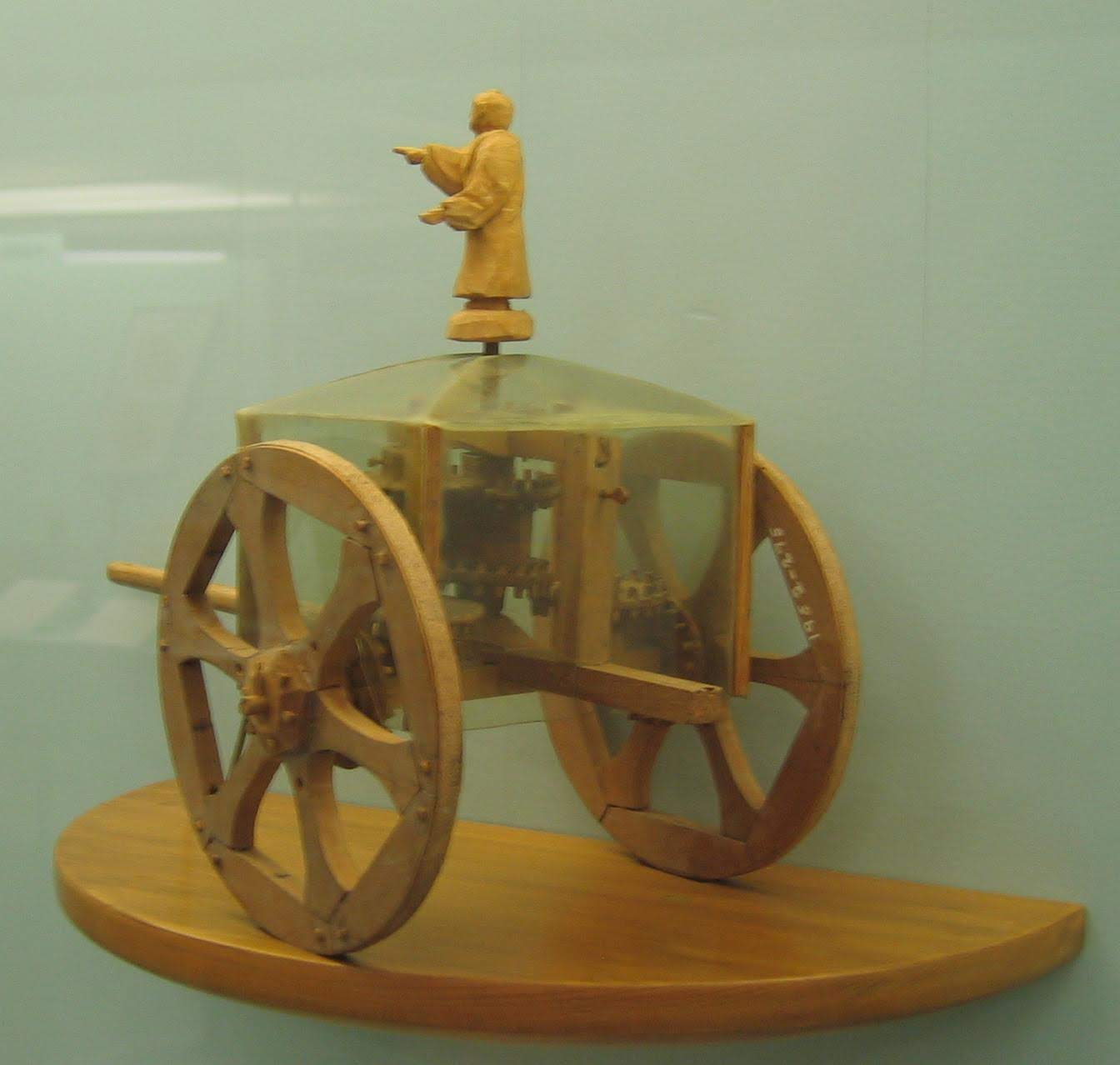
South Pointing Chariot
In China during the 3rd Century, an inventor built a chariot that had a navigation system built in. This twowheeled cart had gears inside that allowed a figure of a man on top of the chariot to point south no matter what direction the cart is rolled. Using this chariot, people could find their way even on broad plains in the fog. People still make models of this fascinating chariot. You can see one being built here, see video.
The figure of the man could have pointed any direction, but the Chinese chose the south direction to match a compass they had invented earlier, a spoon shaped like the Big Dipper that always turns to point south. This spoon is made of lodestone, a mineral that is naturally magnetized. See Video.
4th Century
Near the Methuselah Tree

Ohlone People Built and Sailed Boats
Ohlone people gathered tule reeds to make boats they could use to navigate the bay. They gathered mussels, barnacles, abalone and oysters to eat. They made huge shell mounds of left over shells, bird and mammal bones that can be found today. Similar boats were used all over the world, in some places even to this day. The photograph shows reed boats in Peru.
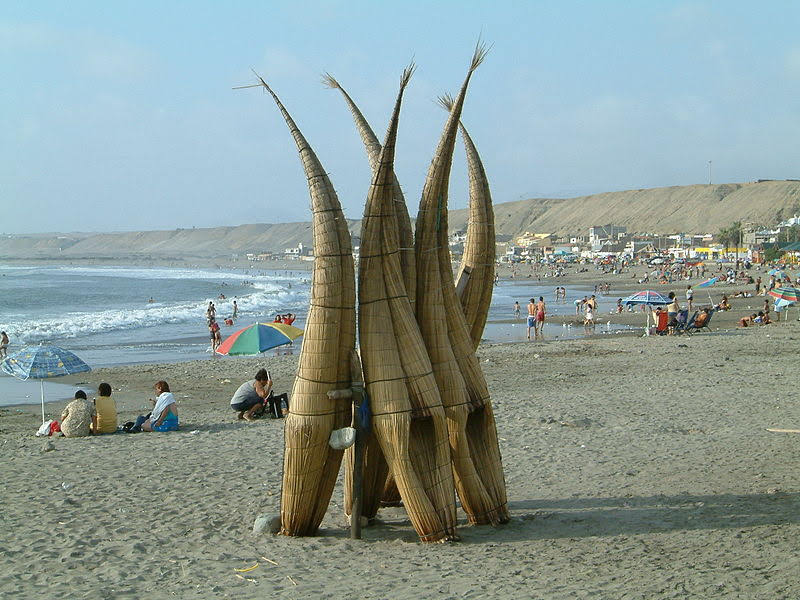
Century CE
4th C
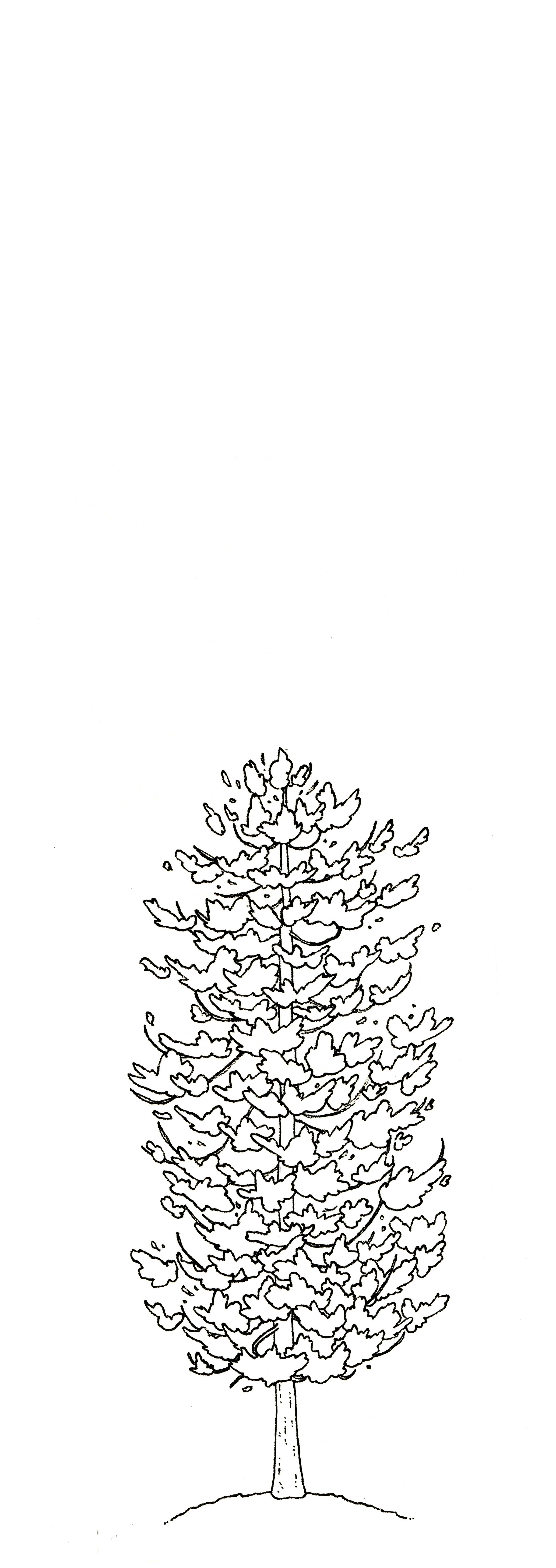
Around the World
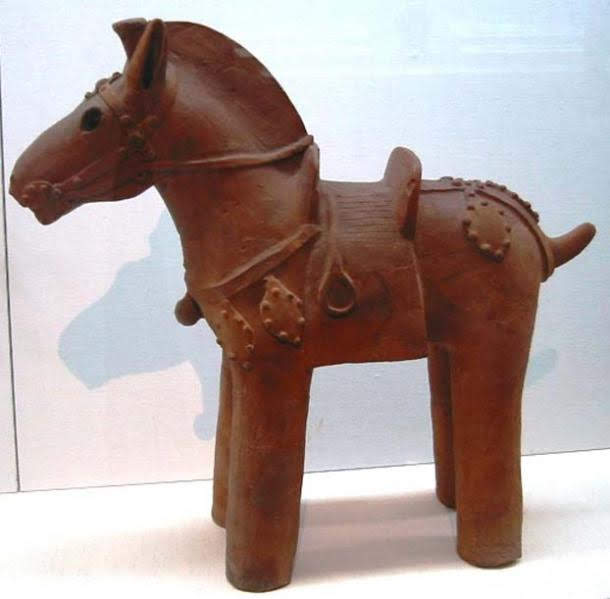
Stirrups
Horses were domesticated about 4 thousand years ago, but only in the 4th Century did inventors create pairs of stirrups, rings connected to a saddle with a strap, to hold the feet of riders. Stirrups enable riders and horses to act almost as one, a powerful force. Stirrups were invented after the “treed saddle,” which raises the rider up off the horse’s spine. We think of horseback riding as a hobby, but in 300AD, horses were the main way of traveling farther than a person could walk. Imagine a world with no cars, no planes, no buses or even bicycles. Stirrups were one of the most important inventions ever.
5th Century
Near the Methuselah Tree
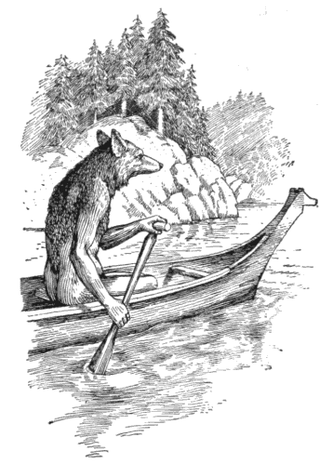
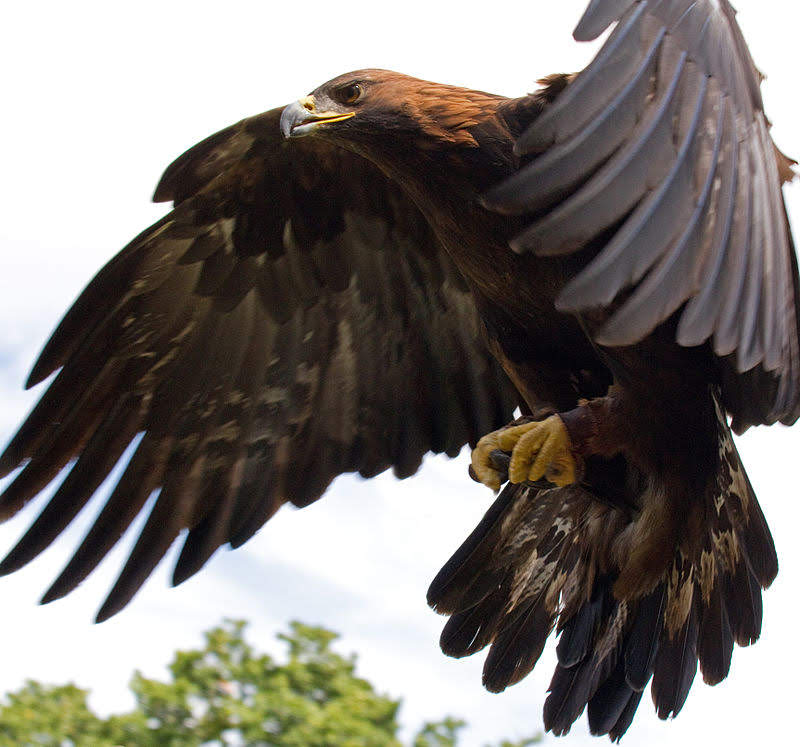
Sacred Animals of the Ohlone
There are many groups of Ohlone people who gathered in bands and stayed in villages, and each had their own beliefs. Some groups told creation stories involving animals: the coyote, a trickster who was the ancestor of human beings. He was clever, greedy and irresponsible. The hummingbird, a tiny bird who brought fire to the people, and despite his size, often got the better of coyote. Eagle, who was the strongest, In one story, water covered the earth except where a mountain stood above the water. On that mountain stood coyote, hummingbird and eagle. When the water rose higher, the eagle took the coyote and hummingbird to higher ground. Coyote was the grandfather of the people.
Century CE
5th C

Around the World
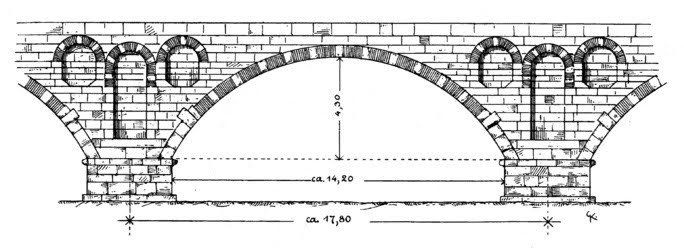
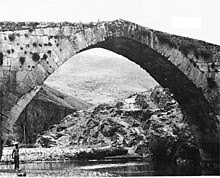
Pointed Arch Bridge
In the 5th Century, Romans built one of the first bridges with a pointed arch. The bridge created a road over a river that flows into the Euphrates River in the region that is now Turkey. There is no mortar between the stones, which are wedge shaped at the arch. The builders mixed finely ground up tiles with sand, which is like today’s cement. Bridges sag less in the middle because when they have a point in the middle, a new element in architecture. Most Roman arches are curved, like the round bridge above. This bridge was submerged under water after a dam was built. See if you can find churches and other structures that have Roman arches (curved) and Gothic arches (pointed).
6th Century
Near the Methuselah Tree
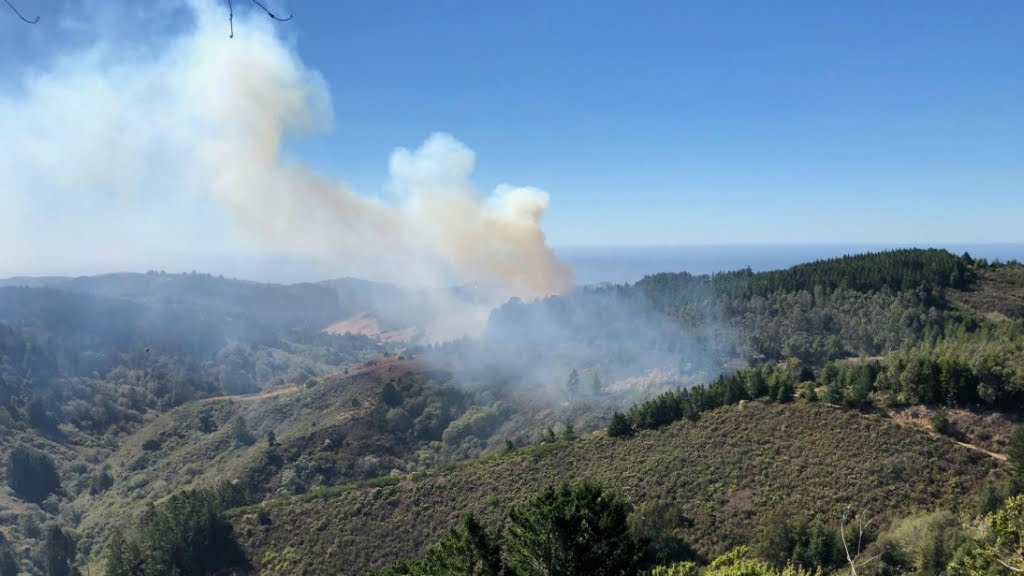
Ohlone Built Fires
The Ohlone people took care of the land, clearing brush by building fires so more seed grasses could grow and attract deer they could hunt. They also hunted bear and elk and gathered berries and acorns in baskets they wove.
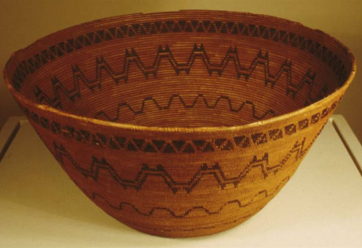
Century CE
6th C
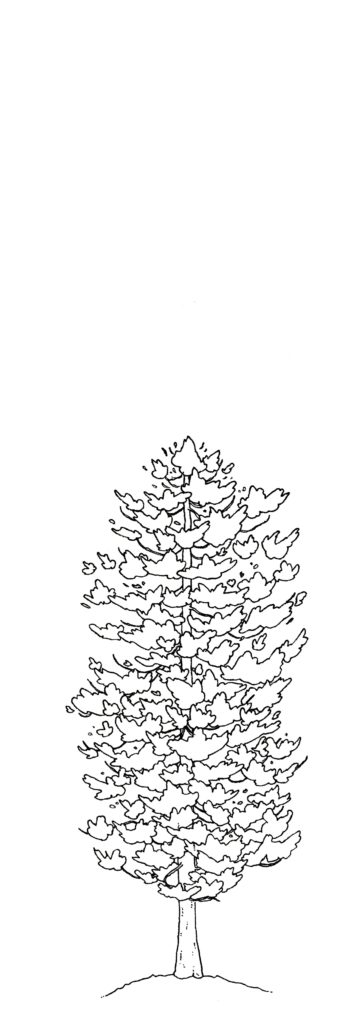
Around the World
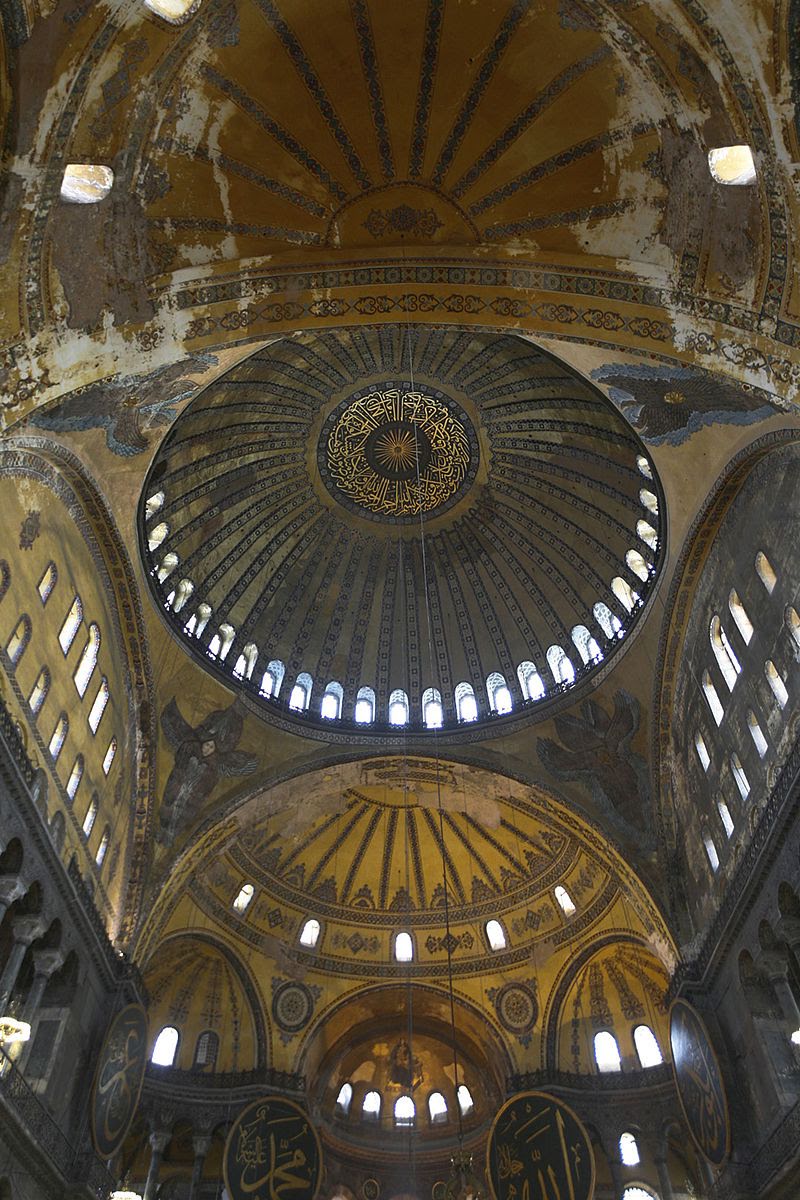
Hagia Sophia
The largest cathedral in the world for 1,000 years, Hagia Sophia, which means, “Holy Wisdom” was built in Constantinople, now Istanbul, Turkey in the 6th Century, replacing an older church. The amazing architecture of Hagia Sophia has been admired ever since. It was built in five years. The cathedral is known for its enormous domes, including a big main one that is 108 feet high. The Methuselah Tree on Skyline would not fit inside this cathedral—even after the top 1/3 of the tree broke off in the 1950s. The tree was 137 feet tall after it broke, and has kept growing taller ever since. Does seeing this gigantic cathedral help you picture how very tall the tree is?
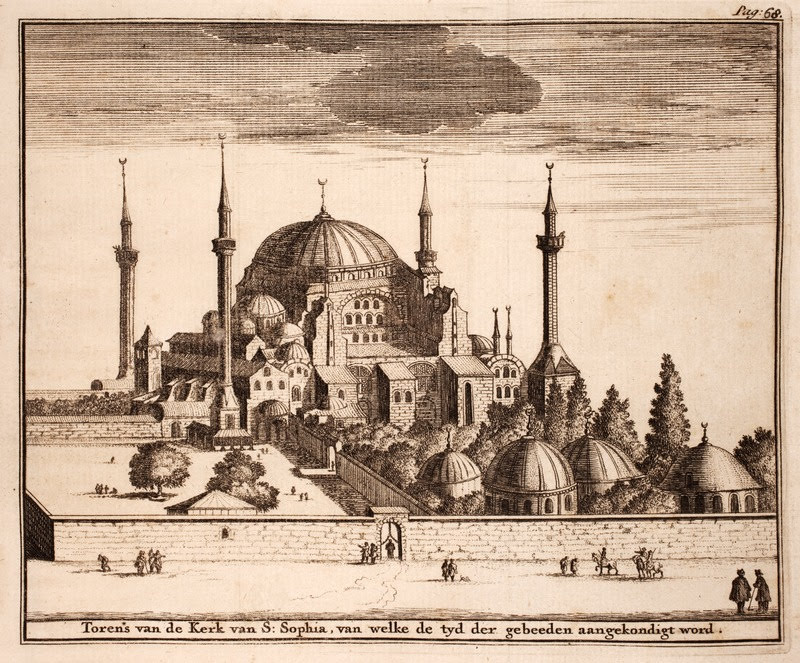
7th Century
Near the Methuselah Tree
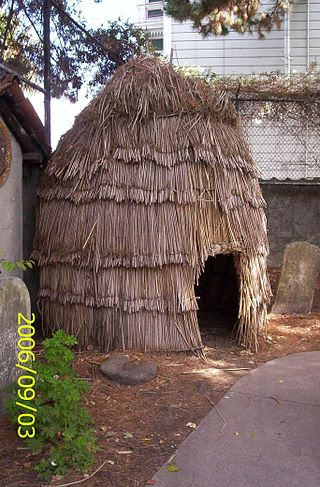
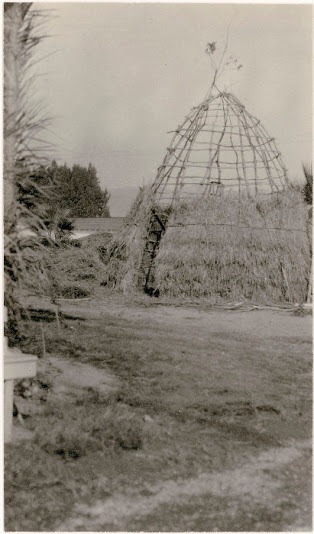
Ohlone Houses
The Ohlone people lived in balance with nature, and made everything they used for living, such as their houses. They drove a stake in the ground, tied a stick to a string, and drew a circle on the ground. Then they located the doorway in a place away from the wind. They dug holes about 18 inches deep for the two door stakes, one on each side, about 3 feet apart. Then they dug holes for poles all the way around the house. They gathered tule reeds (or cat tails, reeds, grasses or ferns) and wove them onto the poles, tying them together with dried willow bark. into domed houses. Eight people might live in one house. It took a lot of work to build a house, and it would last only 2-3 years. In the hills, they made lower houses using redwood bark on a frame. The people we call Ohlone lived in villages with 10-15 families, about 120 people. There were about 50 villages in the Bay Area. They were not one tribe, but individual groups.
Century CE
7th C

Around the World
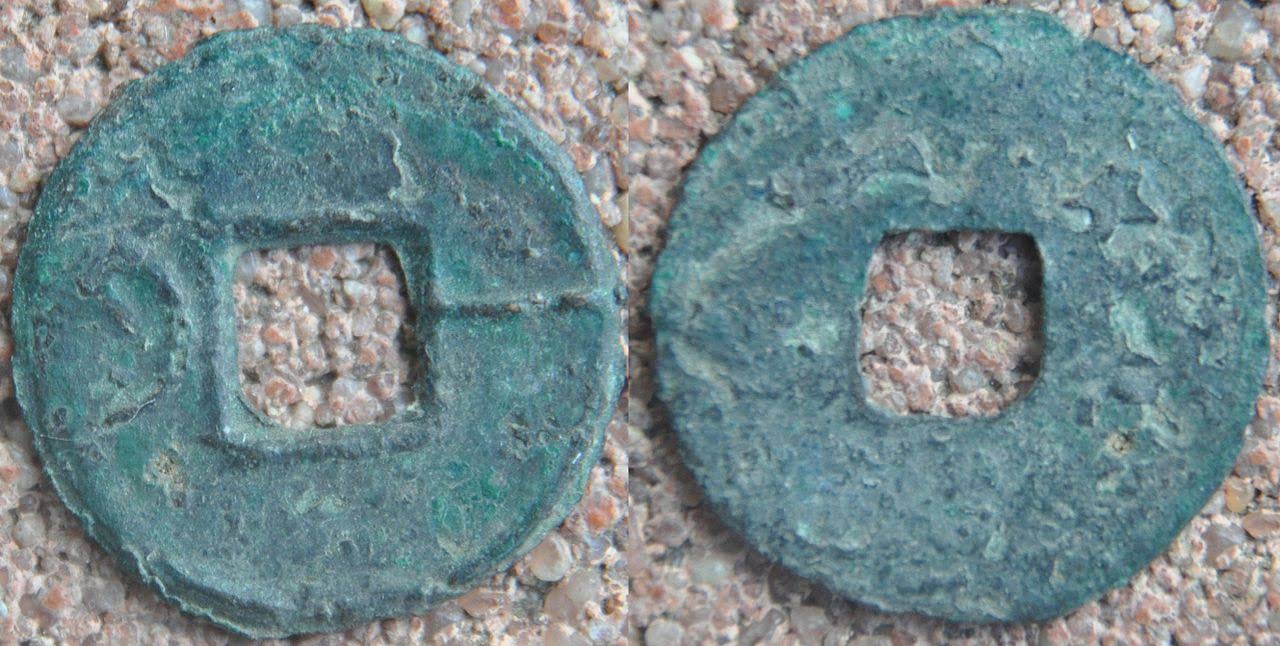
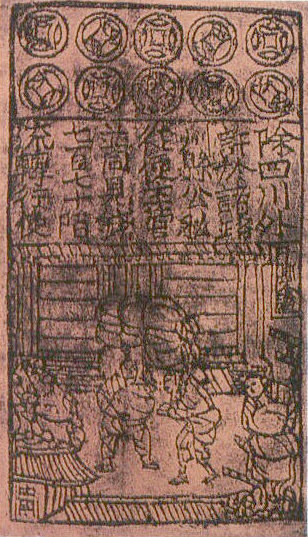
Paper money
The earliest way of exchanging goods was trading them for other objects of similar value. Then coins were used to exchange for goods, going back nearly 2,000 years. Chinese coins were made of copper, and had a round shape with a square hole in the middle. For large exchanges, copper coins were too heavy to carry. This paper note is worth 77,000 coins! In the 7th Century merchants began writing paper receipts for deposits in banks for large purchases. The holder of the note could exchange the paper money for silver or gold in the same bank. This practice led to use of banknotes printed with wood blocks and issued by the government as paper money.
8th Century
Near the Methuselah Tree
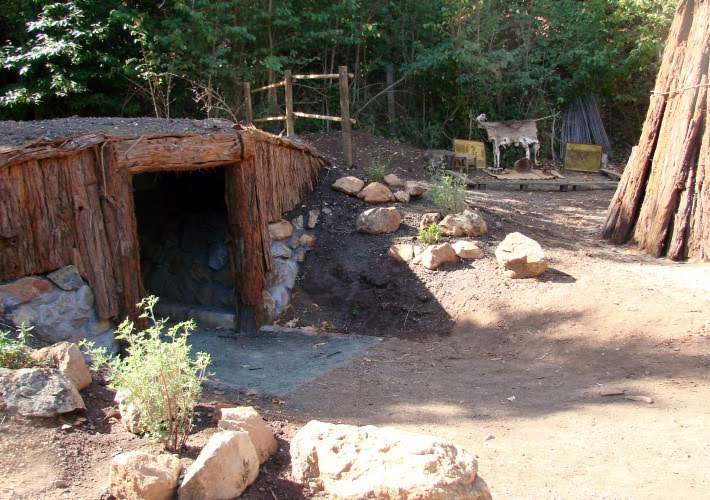
Prayer Houses
Some Ohlone bands built prayer houses or sweat lodges for spiritual purification near the banks of streams, because water was capable of purifying the people. Soil was piled up to retain heat, and fires were built at the center to cause the people to perspire. Men and women gathered in the lodges to cleanse, purify and empower themselves for hunting or spirit dancing. When men hunted, they did not eat the animals they caught. The Ohlone people are alive today, still telling their sacred stories and dancing
Century CE
8th C

Around the World
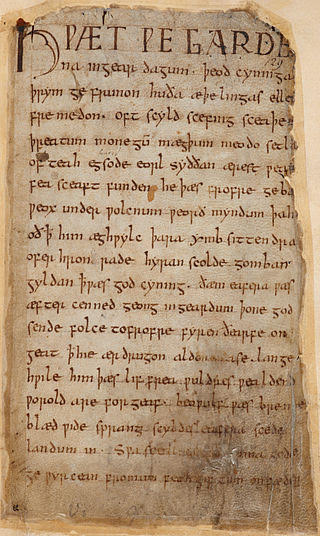
Beowolf
One of the oldest epic poems, set in Scandinavia and written in Old English. Beowulf, a hero, comes to help the king of the Danes, fight off the monster, Grendel. He succeeds, then fights Grendel’s mother and wins, then he becomes King. The picture shows the first page of the story from the British Museum.
9th Century
Near the Methuselah Tree
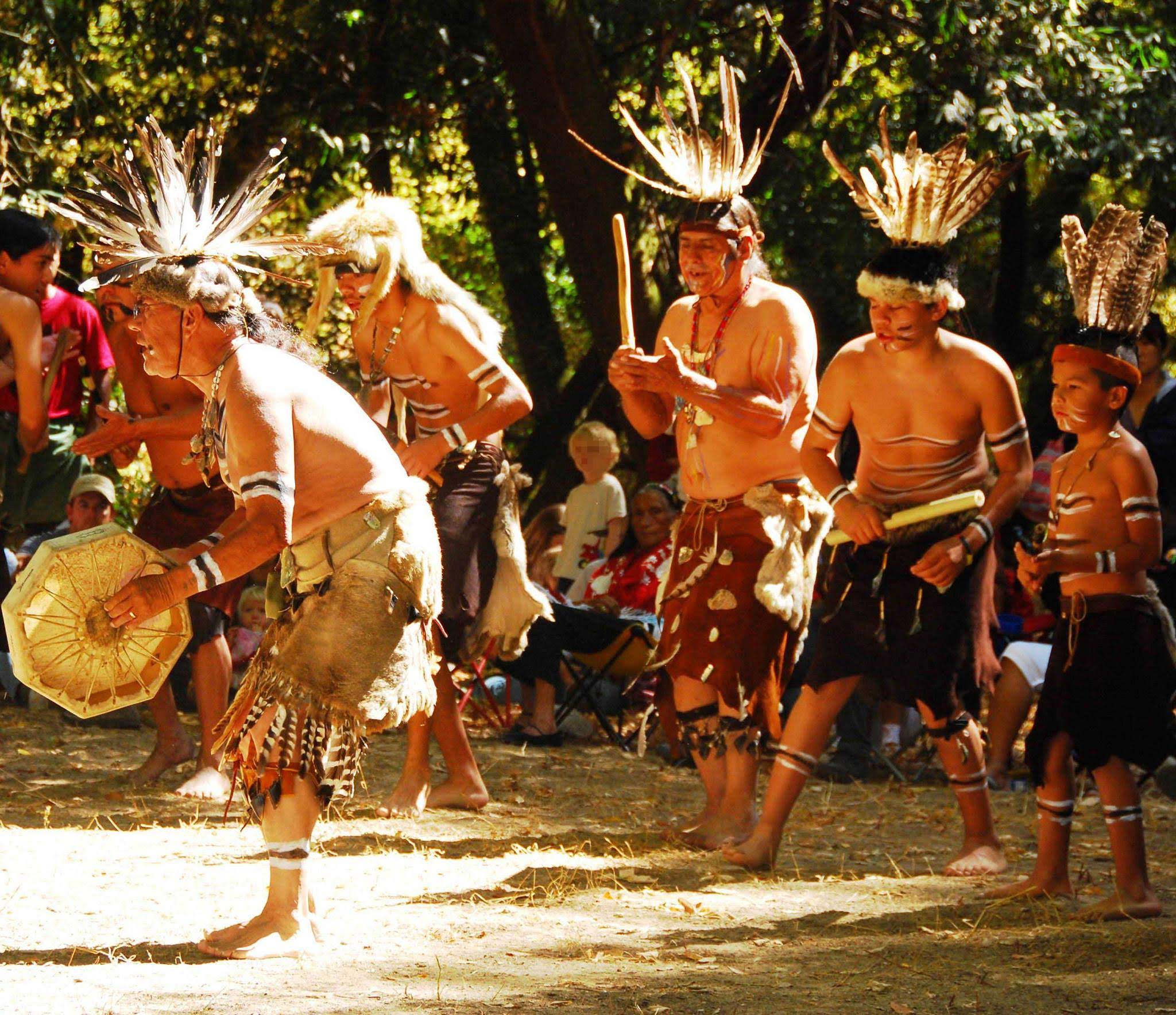
Ohlone Dances
Ohlones danced as part of ceremonies, either alone or in groups, often while chanting. The water dance represents the waves of water at the beach moving back and forth. The tribal leader calls on the spirits of people who have passed to be with them.
Century CE
9th C
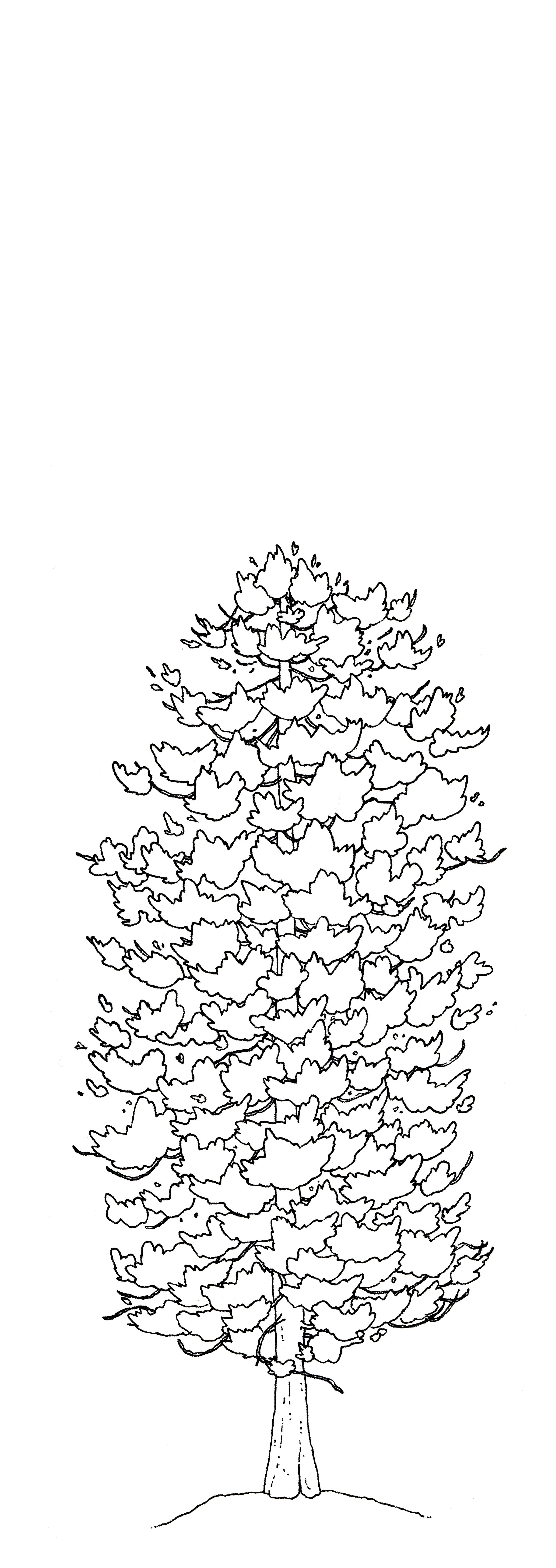
Around the World
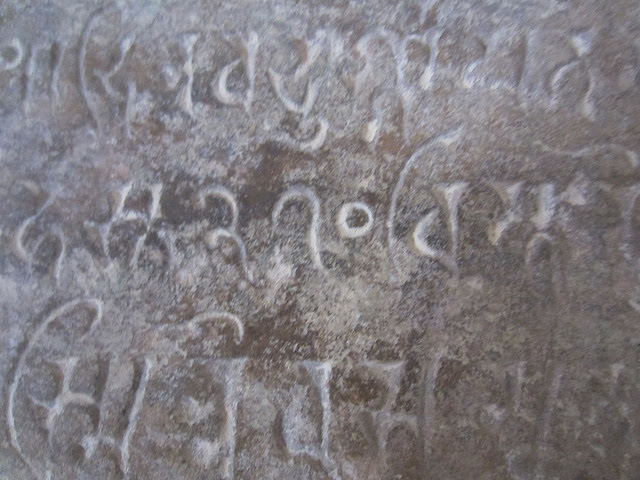
Zero used as a number
In many cultures, a dot or circle was used as to show a gap between other numbers. But in India in the 9th Century, zero was used for the first time as a number, like other numbers.
10th Century
Near the Methuselah Tree
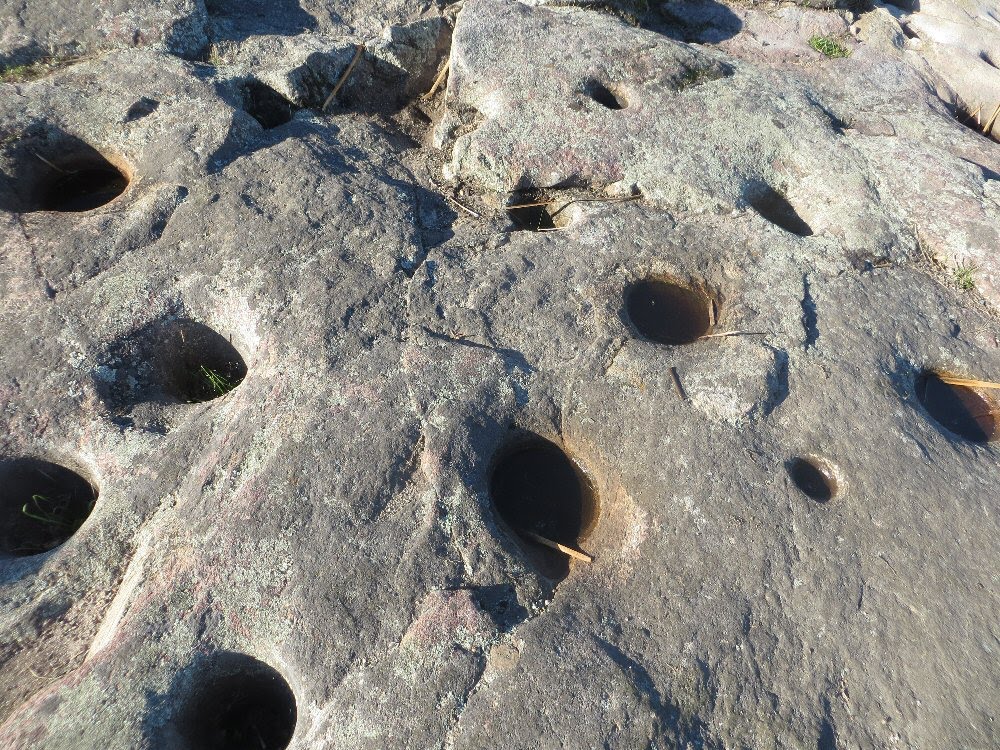
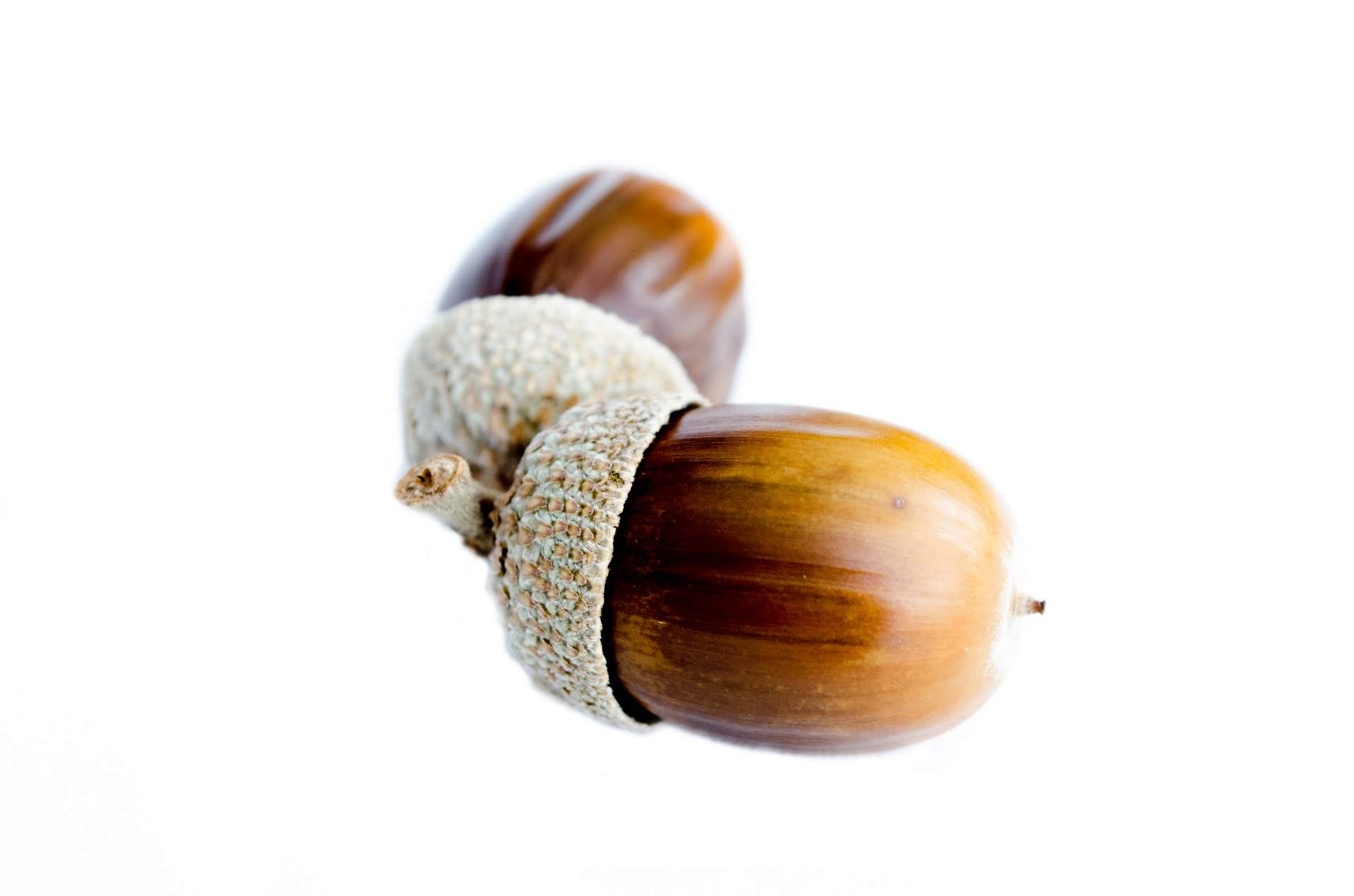
Wiiwish, Acorn Mush
Women and girls made acorn mush by finding ripe, brown acorns that still had their caps on. They washed them and threw away any acorns that float because those have likely gone bad. They dried the acorns then peeled them. Then they either soaked the acorns for 5-6 days in cold water such as in a stream, or boiled the acorns to remove the bitter tasting tannins. They boiled the acorns until the water was brown, then changed the water and boiled the acorns again until no color came out. Then they dried the acorns and ground them. Acorns are tough—it would take a hammer to break them today; they used a rock, putting the acorns into a grinding rock, a hole. It took a long time to turn whole acorns into flour. Ohlone grinding rocks near the Methuselah tree are on a small hill overlooking a flat area where people worked and the children played, so the women could watch what was happening while they ground the acorns. When the ground acorns were as fine as flour, the women put them into a basket with water and a heated rock, and stirred it to keep the basket from burning. The acorn mush they made was healthy and tasty food. You can gather acorns in the Fall and make acorn mush today.
Century CE
10th C
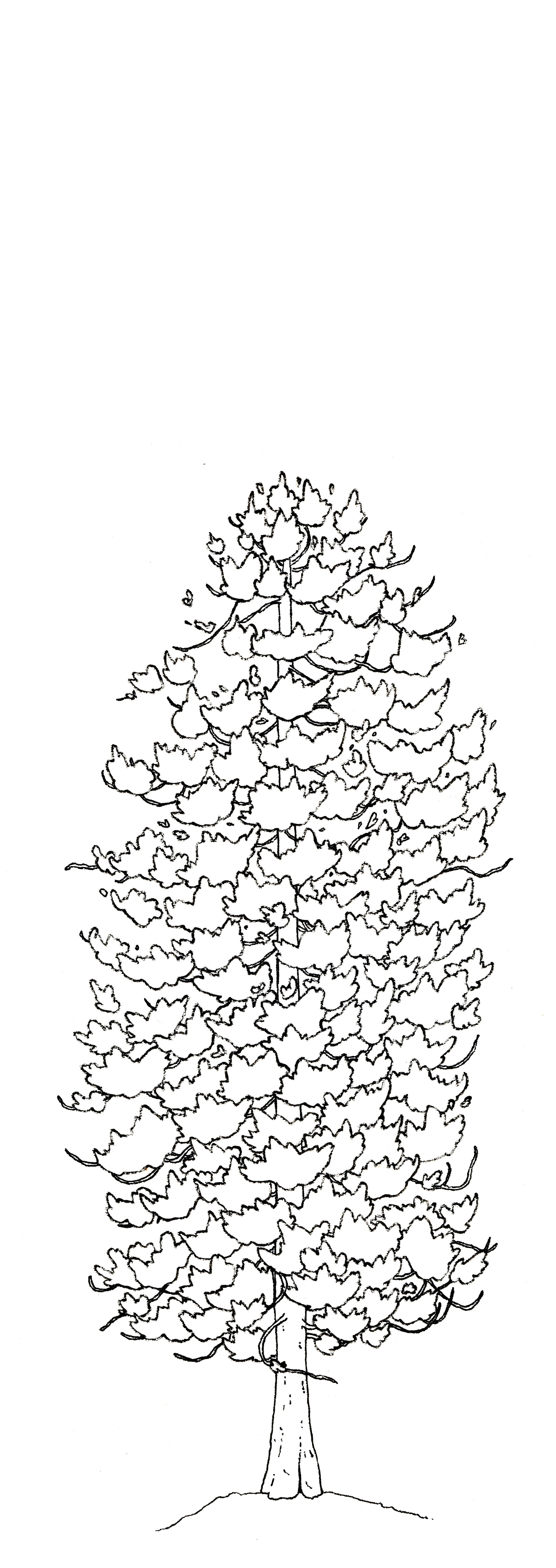
Around the World


Arabic Numerals in Europe
Europeans gradually started using Arabic numerals, (0, 1, 2, 3, 4, 5) instead of Roman numerals (I, II, III, IV, V) for calculations. Until this time, people couldn’t multiply until they were at a university level. It became much easier to do calculations using Arabic numerals which include o for place value.
11th Century
Near the Methuselah Tree

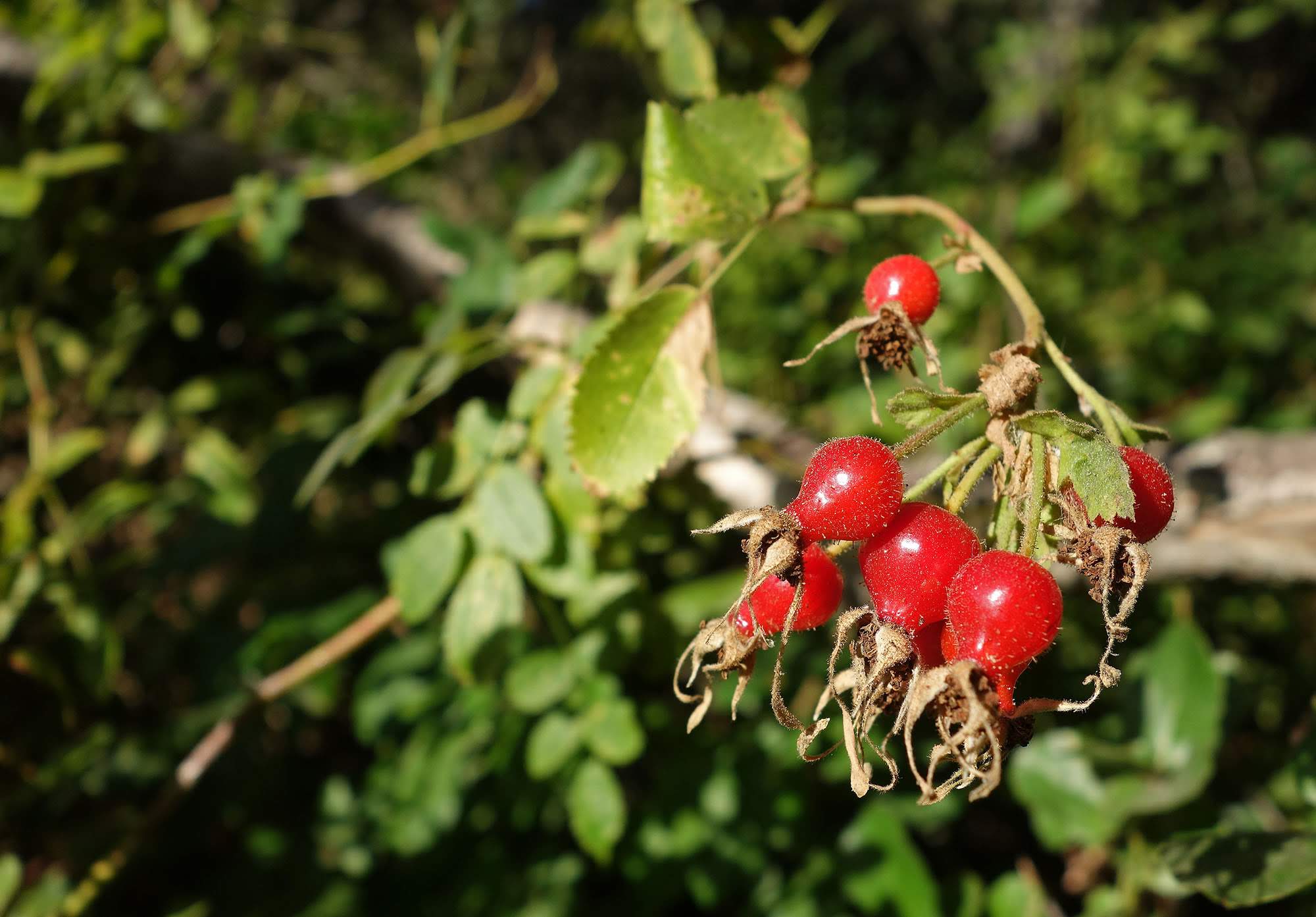
Ohlone Food
The Ohlone people were huntergatherers. Their diet, besides seafood, included acorns, nuts, grass seeds and berries. The men and boys hunted and trapped game. Because giving life was their most important work, women did not hunt. From streams, Ohlone people caught salmon, perch and stickleback. Birds they ate included ducks, geese, quail, great horned owls, flickers, woodpeckers, goldfinches and magpies. They captured waterbirds to eat using nets and decoys. Ohlone people did not eat owls, buzzards or frogs, which were considered bad luck
Century CE
11th C
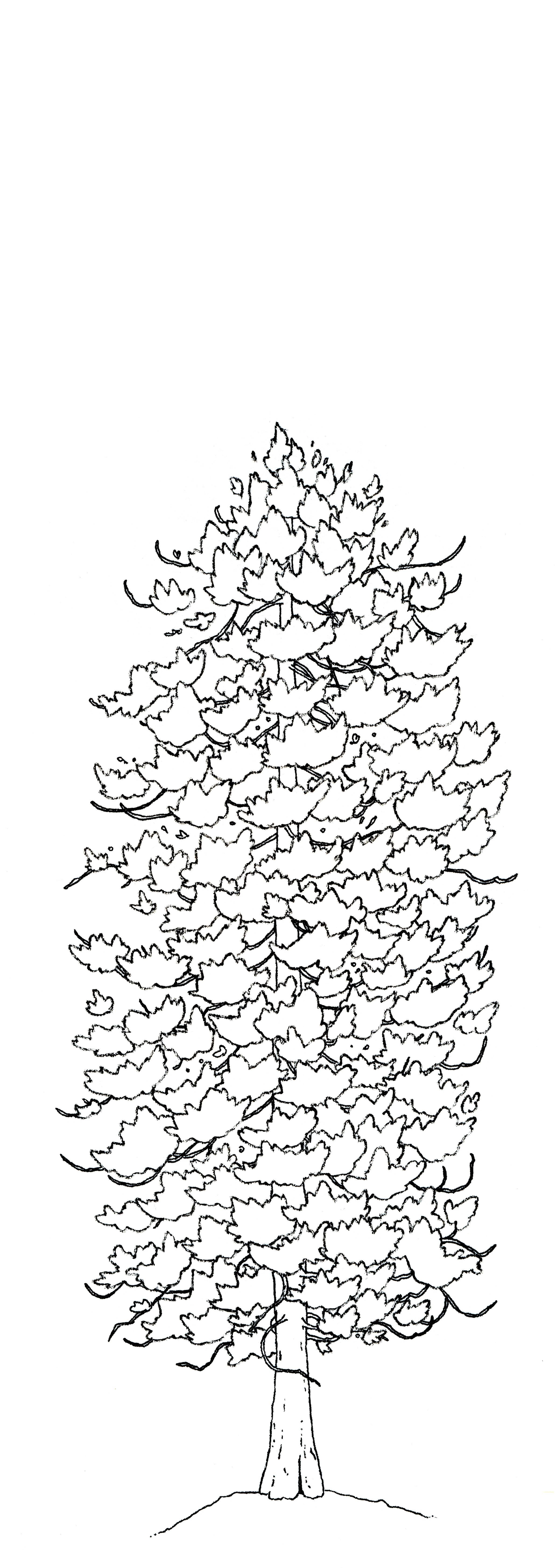
Around the World
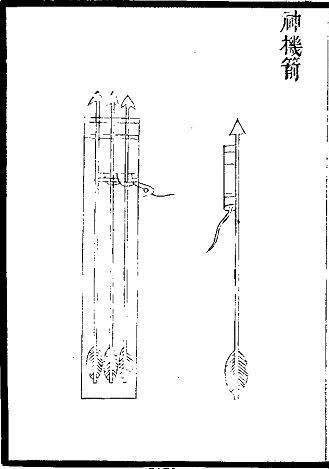
Fireworks Formula
Chinese inventors in the Song Dynasty were looking for ways to help people live forever by mixing various elements together. Their experiments included trying to make fireworks, and they succeeded around the 9th C. In the 11th C, they wrote the earliest formula for gunpowder used in fireworks.
Inventors in China discovered that three ingredients are needed— potassium nitrate (a chemical that makes things burn and blast out of a container with pops and booms), sulphur (a gas that, when burned, makes fire spray out of a tube) and charcoal (which catches fire to set off the reaction).
People put these 3 ingredients inside bamboo shoots and threw them on a fire. The fireworks shot up in the sky and made a big boom (the first fire crackers) and made bright, festive explosions. The firecrackers were thought to ward off evil spirits and demons that are frightened of the large booming sounds.
Fireworks were (and still are) used at celebrations like weddings, funerals, birthdays, and at big occasions like Moon Festival and Chinese New Year. China is still the largest manufacturer of fireworks, now used all over the world.
12th Century
Near the Methuselah Tree
Tree Giants
By the 12thC the Methuselah Tree was about 300 feet tall and had a wide, strong trunk. All around it, other gigantic redwood trees grew along with Douglas fir trees, madrones and oaks. The area under the thick trees was shaded, so ferns and other shade plants grew. The Methuselah Tree was much like others in the old growth forest. Each tree grew taller to reach sunlight, and kept growing a wider trunk, new branches and tiny seed cones every year.
Century CE
12th C
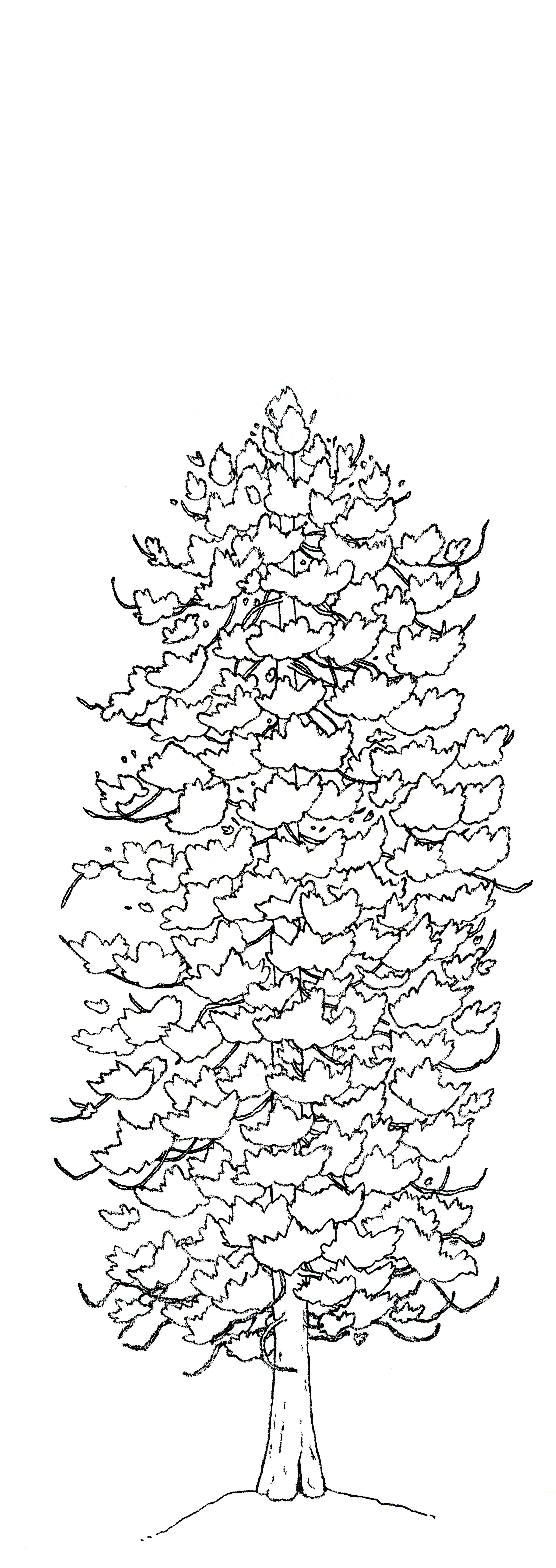
Around the World
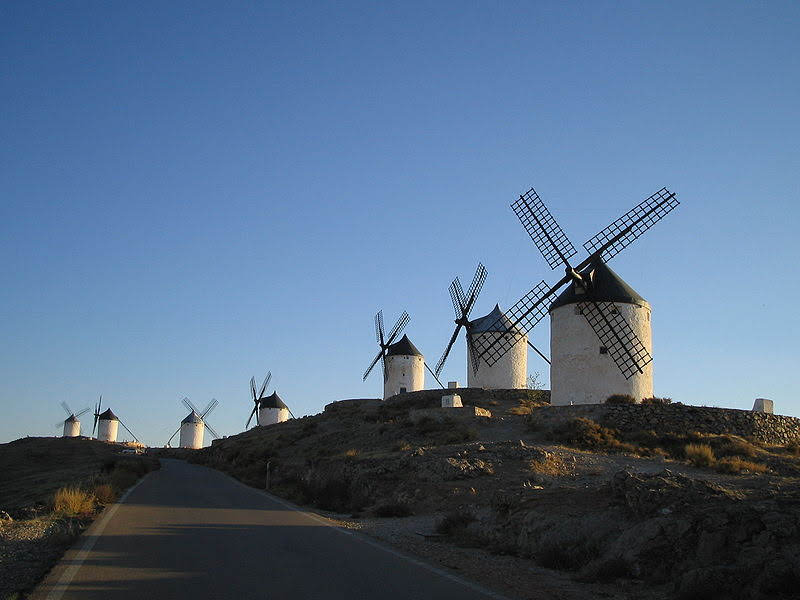
Windmills
Early mill wheels were turned by people, then later by horses and later still be moving water wheels. Starting in the 12th C., most mills started using pure, clean wind power to grind grain into flour and to pump water. Today’s windmills generate electricity. All use the same natural forces.
13th Century
Near the Methuselah Tree
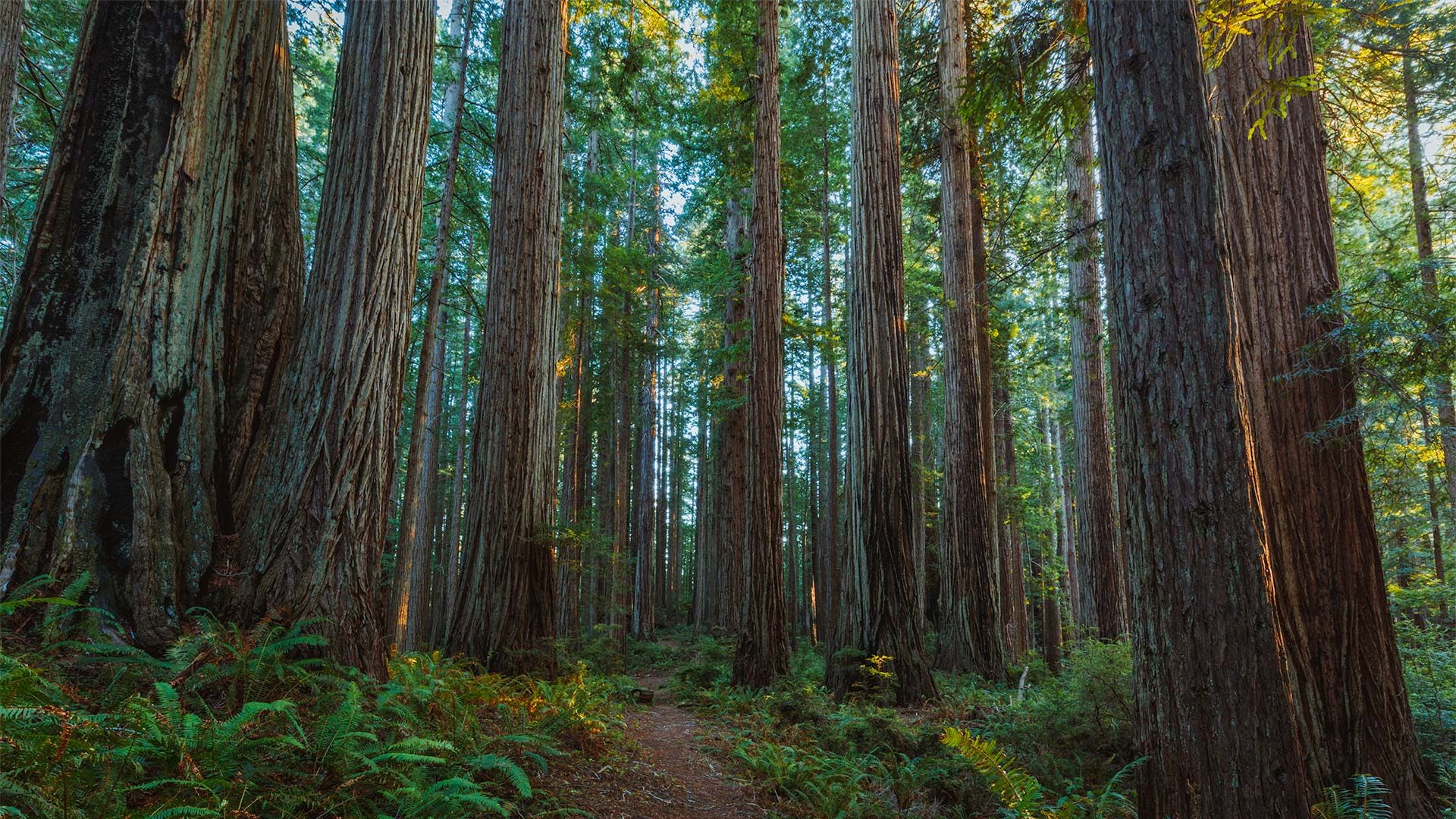
Ohlone Trails
The Ohlone had trails for walking through the hills. They travelled to other villages to trade goods and to find people to marry, especially if their band was small. Because they knew one another in neighboring villages, they had few wars or conflicts like those in Europe and Asia.
They could build their houses in a day or two using local materials, so they did not need to own land. They would move on to a new house over the hills with the coming of winter, carrying only what they needed like arrow heads. They didn’t have heavy furniture like we do in our houses that stand for many years in one place, The land and sea easily provided what the Ohlone people needed to eat and nobody was hungry. Their villages were connected by trails and located a few miles apart so standing on a hillside at night you could see their campfires burning. Some Ohlone bands stayed in the hills where there was a flat area among the trees, and plenty of acorns to eat. We can find their shell mounds and grinding rocks near the Methuselah Tree today
Century CE
13th C
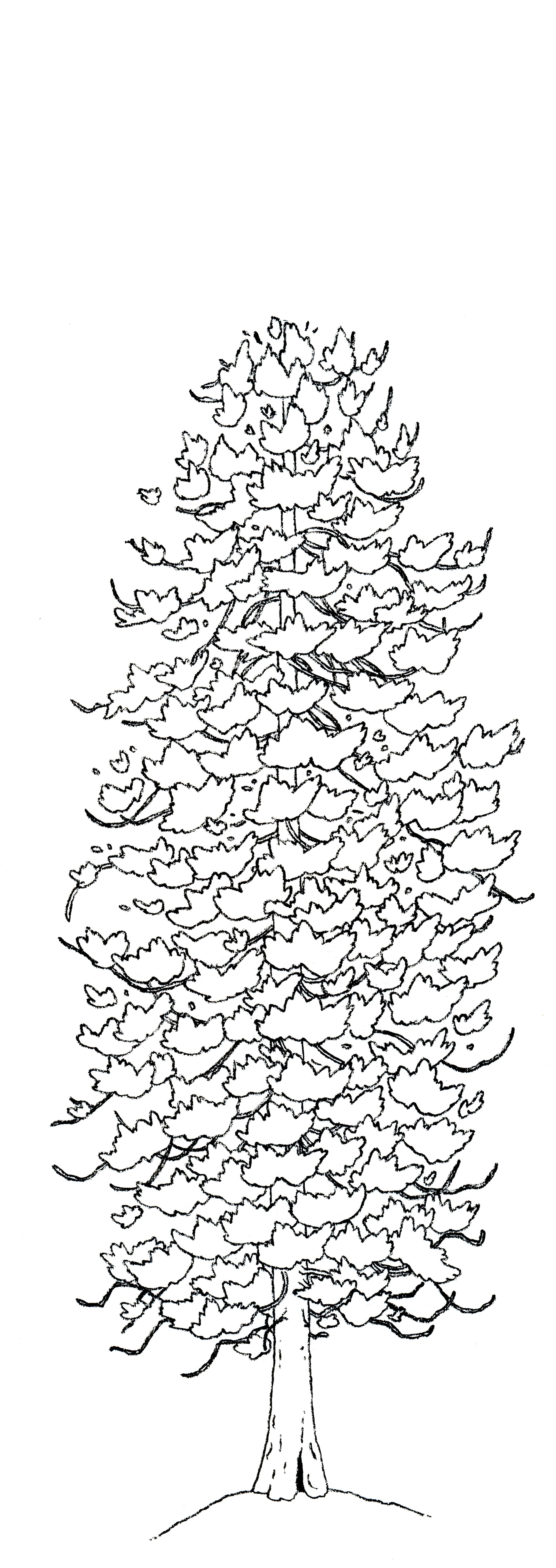
Around the World
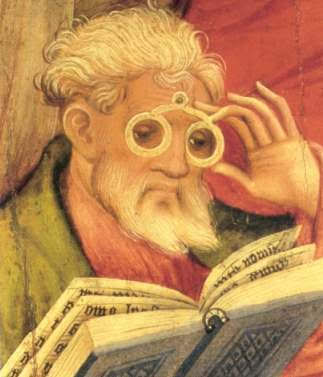
Eye Glasses
The first eyeglasses were made in Pisa, Italy in the 13th C. The first inventor was unwilling to share them, so another inventor, Friar Spina made glasses and shared them with everyone with a “willing and cheerful heart.” The painting was made later, but shows how the first glasses had to be held
14th Century
Near the Methuselah Tree
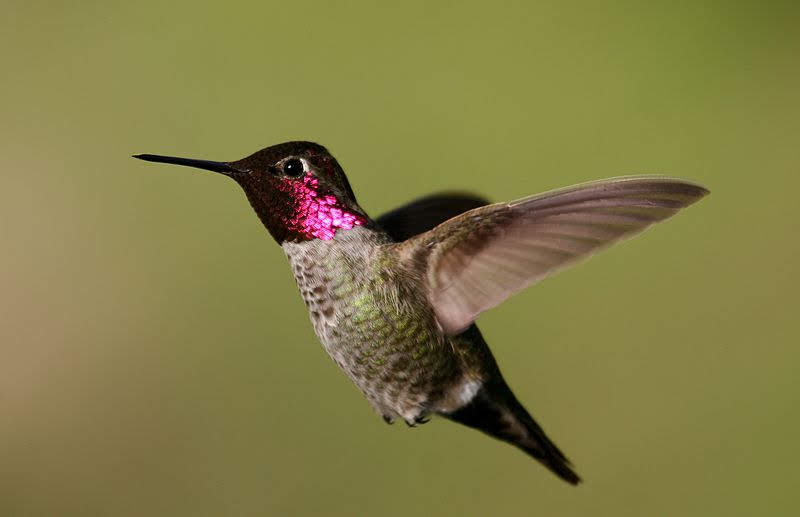
How Hummingbird Got Fire
Hummingbird is an important part of the Ohlone creation story. He brought fire to the people by being brave, alert, quick and intelligent. According to the story, eagle, hummingbird, crow, hawk, raven were hungry. There was food, but he needed fire to cook it. Eagle sent hummingbird to the Badger people to get fire, but they sent him away. Eagle was angry and sent him back. When the Badger people saw hummingbird coming, they said, “Cover the fire, cover the fire!” and they covered the fire with deer skin. But the deer skin had a hole in it where an arrow had gone through. Hummingbird reached through with his long beak and picked up an ember. But before he could put it safely into his armpit, the ember flamed up and burned his throat a brilliant red. That’s how his throat came to be red, and how there came to be fire in the world again. You can see this story read by an Ohlone Tribal Leader, Valentin Lopez.
Century CE
14th C
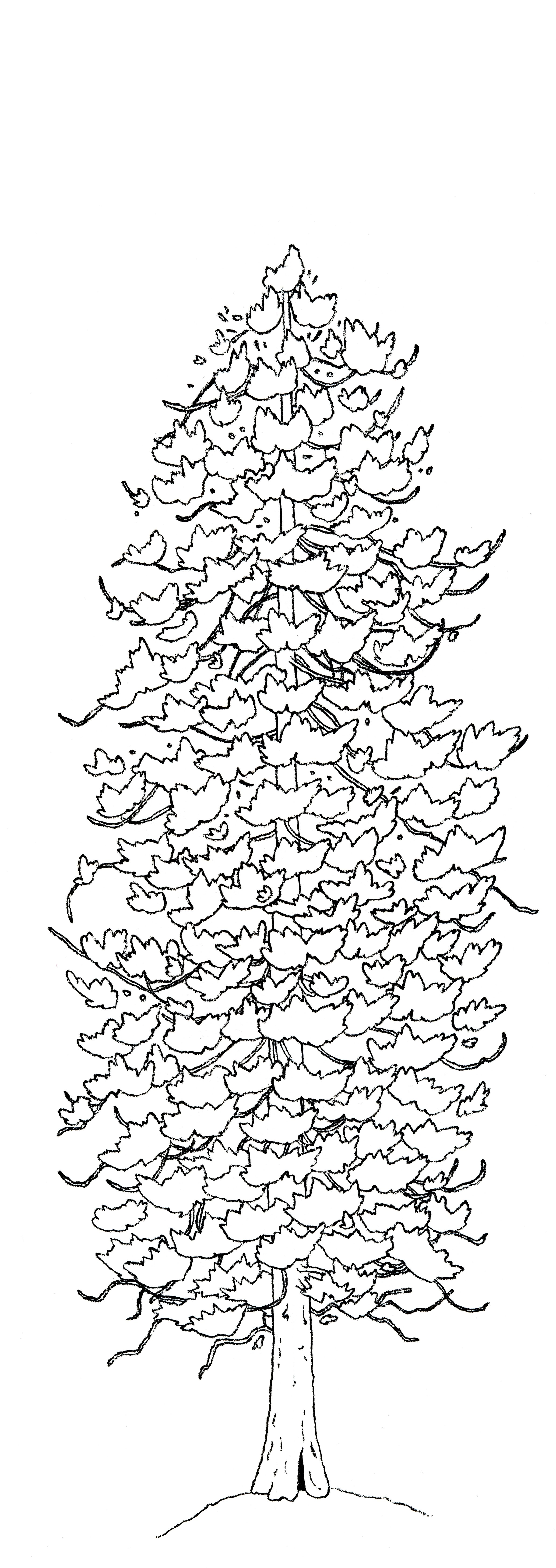
Around the World
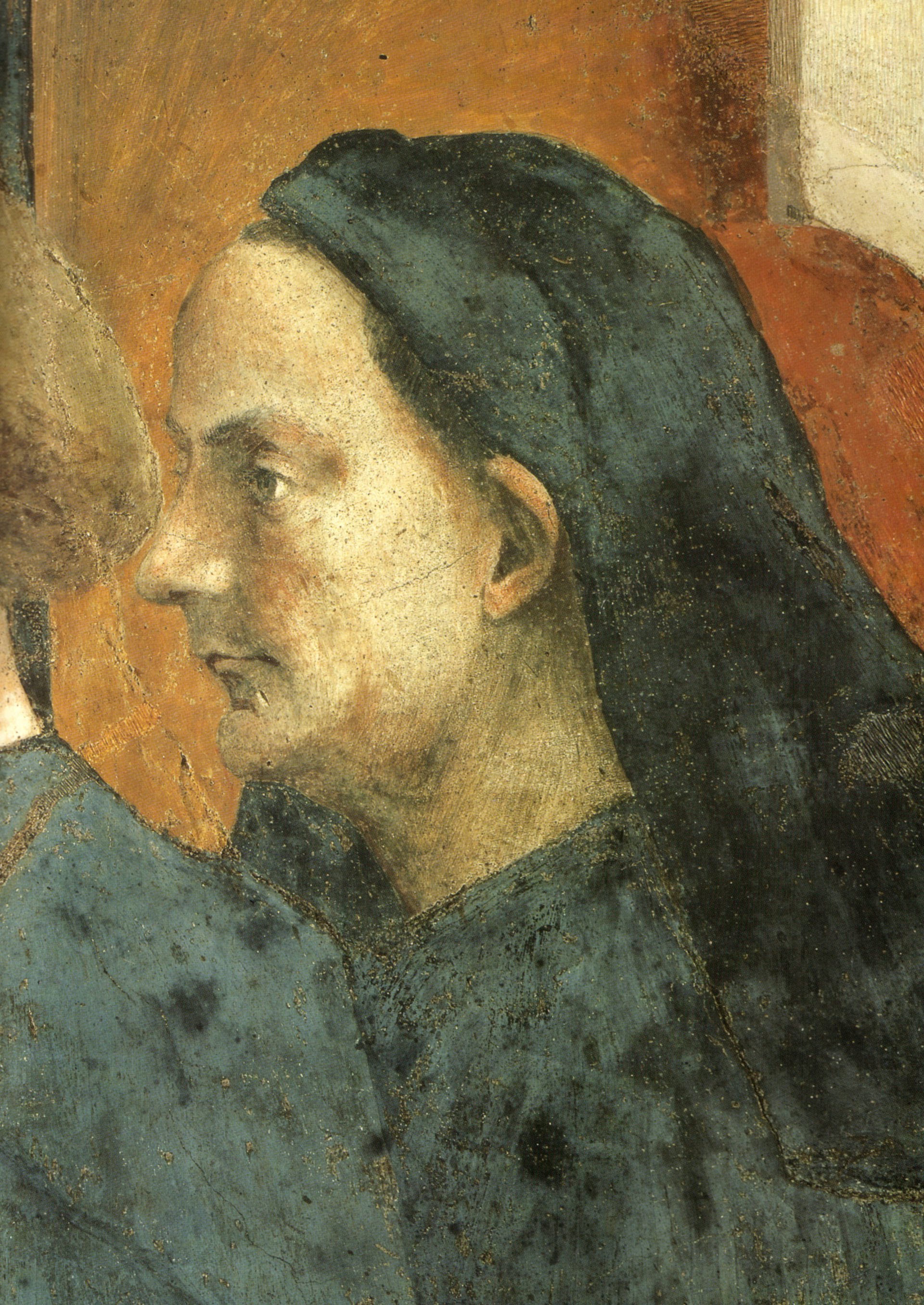
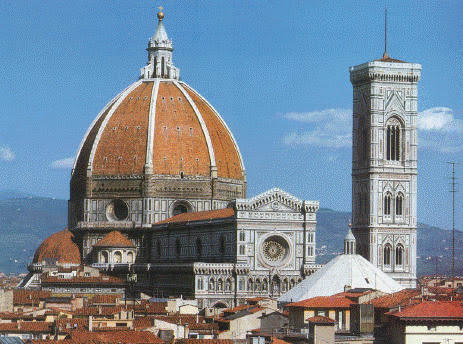
Renaissance Dome
An important architect and designer in the 15th C, Filippo Brunelleschi in Italy, is recognized as the first modern engineer, most famous for designing the dome of the cathedral in Florence. He used 4M bricks and it took most of his life to build the largest brick dome in the world in an eight-sided pattern that allowed the dome to support it’s own weight. He left no notes about how he made this beautiful design work.
As a young man, Brunelleschi visited Rome and studied the ancient ruins— the lighting, the balance of elements and building designs. He bypassed Middle Ages art forms, which were more formal and less lifelike, helping establish Humanism as the philosophy of the time, helping launch the Renaissance.
In this sculpture, Brunelleschi is looking up at this own dome.
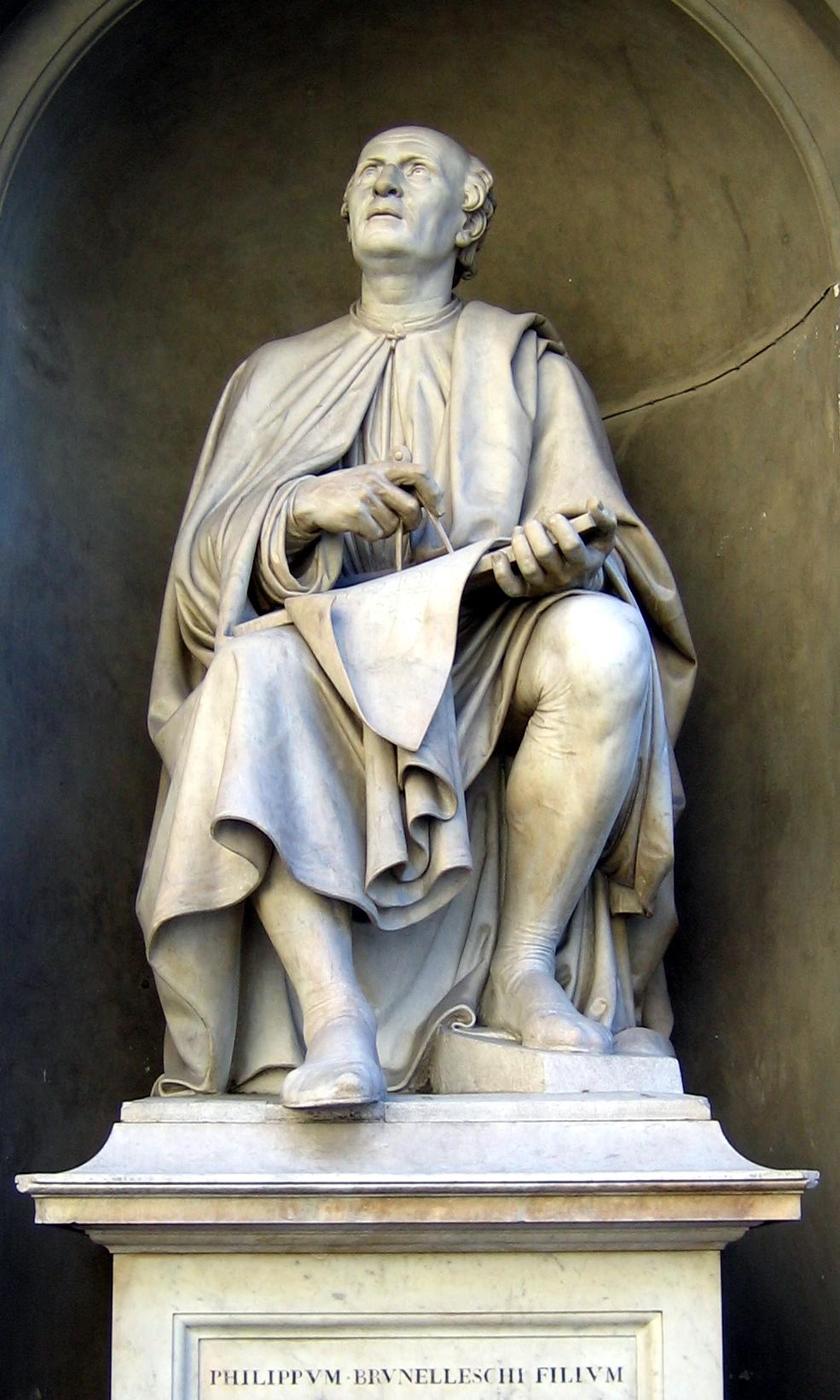
15th Century
Near the Methuselah Tree

Ohlone Roles
Ohlone people worked together in their bands with clear roles. Women’s most important work was giving new life to children, so they were not the hunters. Women took care of the children, ground the acorns into flour, wove baskets for cooking and gathering grain, and men hunted using their spears, facing bears and other dangers
Century CE
15th C
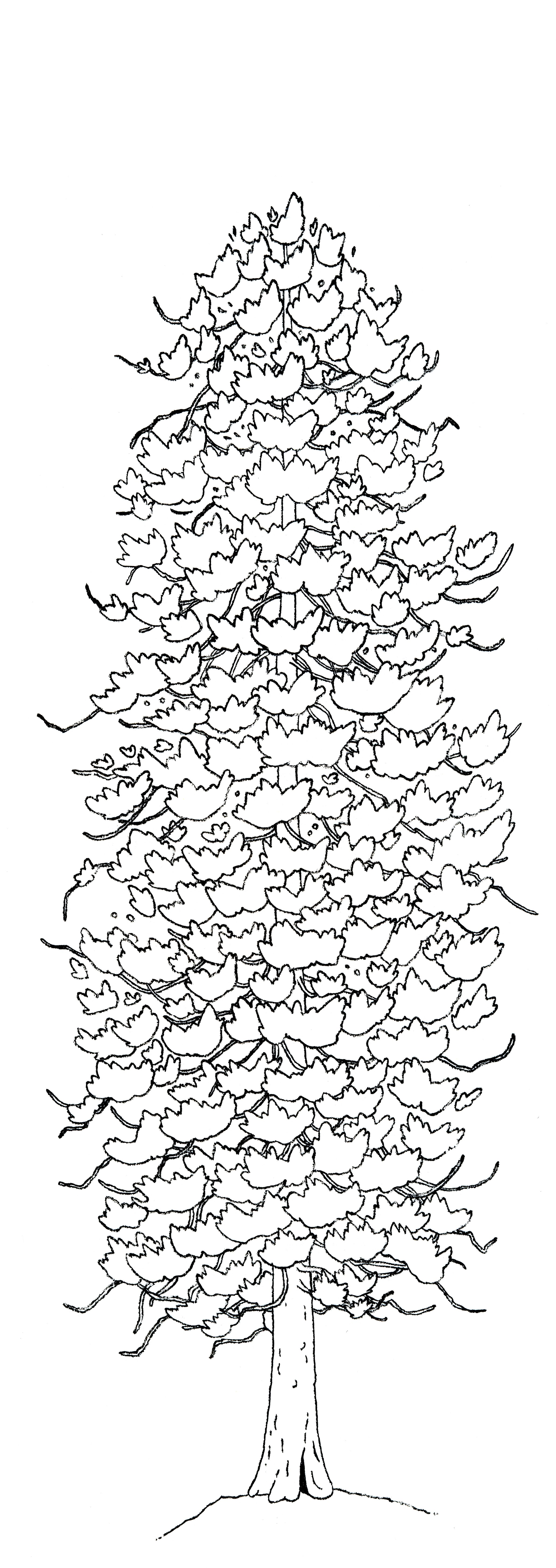
Around the World
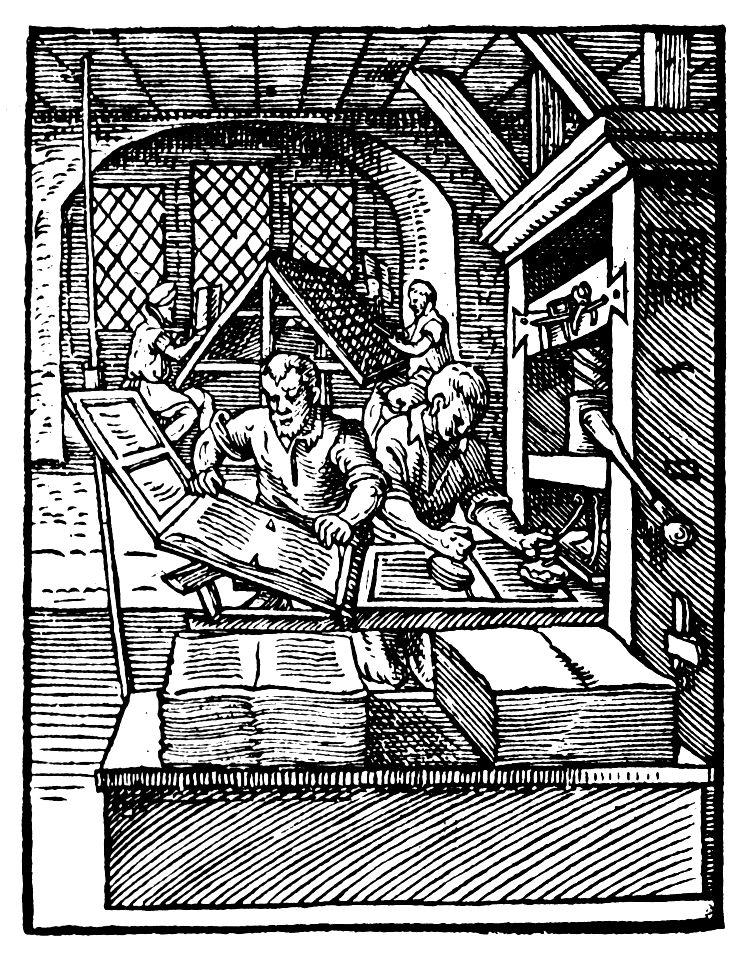
Printing Press in Europe
Before Johannes Gutenberg’s printing press, there were three things you could count on when it came to books and learning in Europe:
1) People produced books by writing them down by hand or copying them by hand;
2) Very few people had access to books, meaning very few people had access to knowledge.
Gutenberg’s invention was to combine several earlier inventions in printing and automation (automation is a way using machines instead of people to do a job). This made the process of book printing simpler and more easily repeated. This meant that more and different types of books could be printed. It also meant that more and different types of people could have access to the information those books contained.
With the printing press, new ideas began to spread more easily and that quickly led to two major shifts in human knowledge and experience with the world: the Scientific Revolution and the Schism, or split, of the Roman Catholic Church into the Church and new, Protestant Churches. The Schism led to the Pilgrims heading over to the New World in the ** **Mayflower. They, together with ideas about basic human rights that were rooted in the Scientific Revolution, led to the formation of a new country in the New World, the United States of America.
16th Century
Near the Methuselah Tree
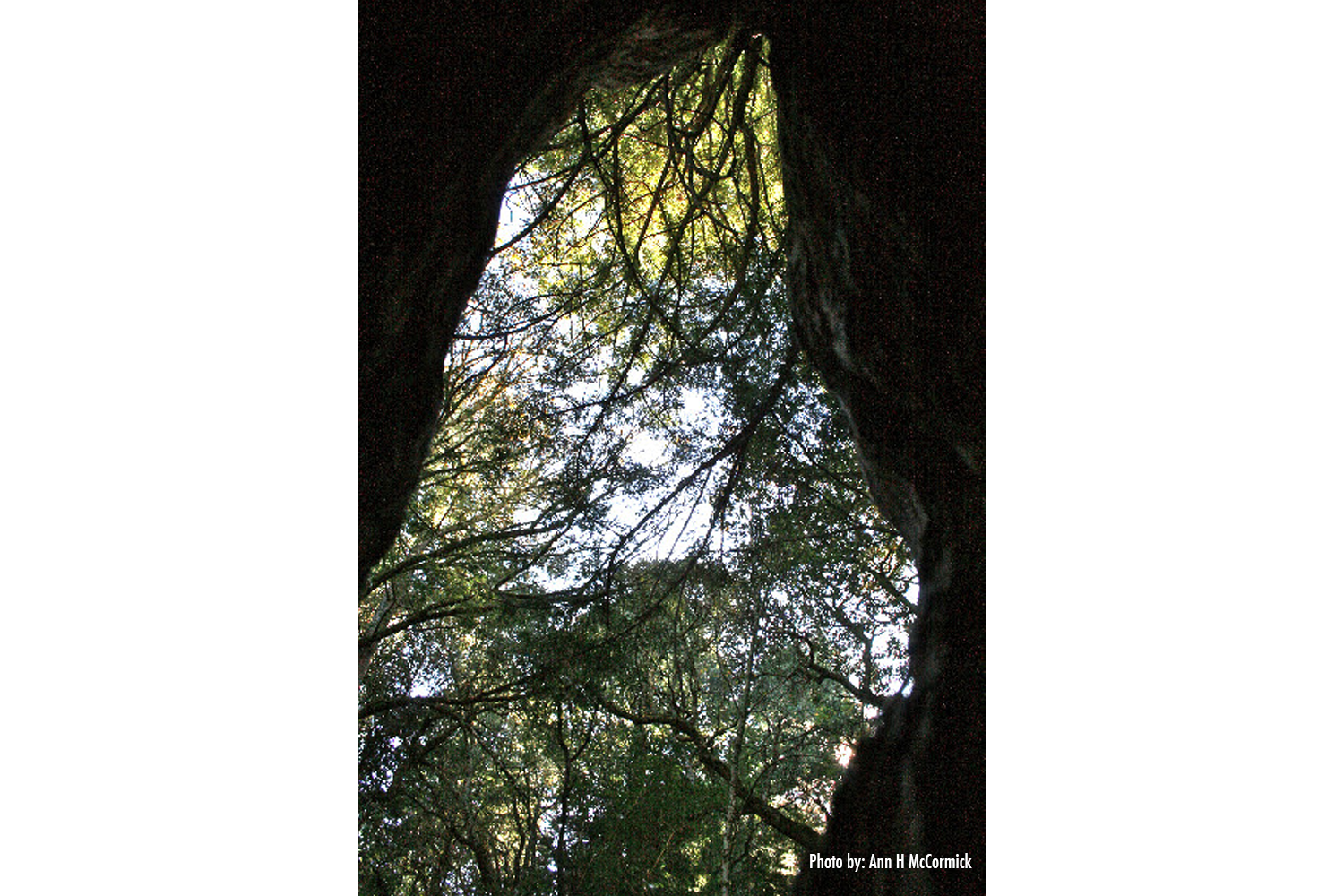
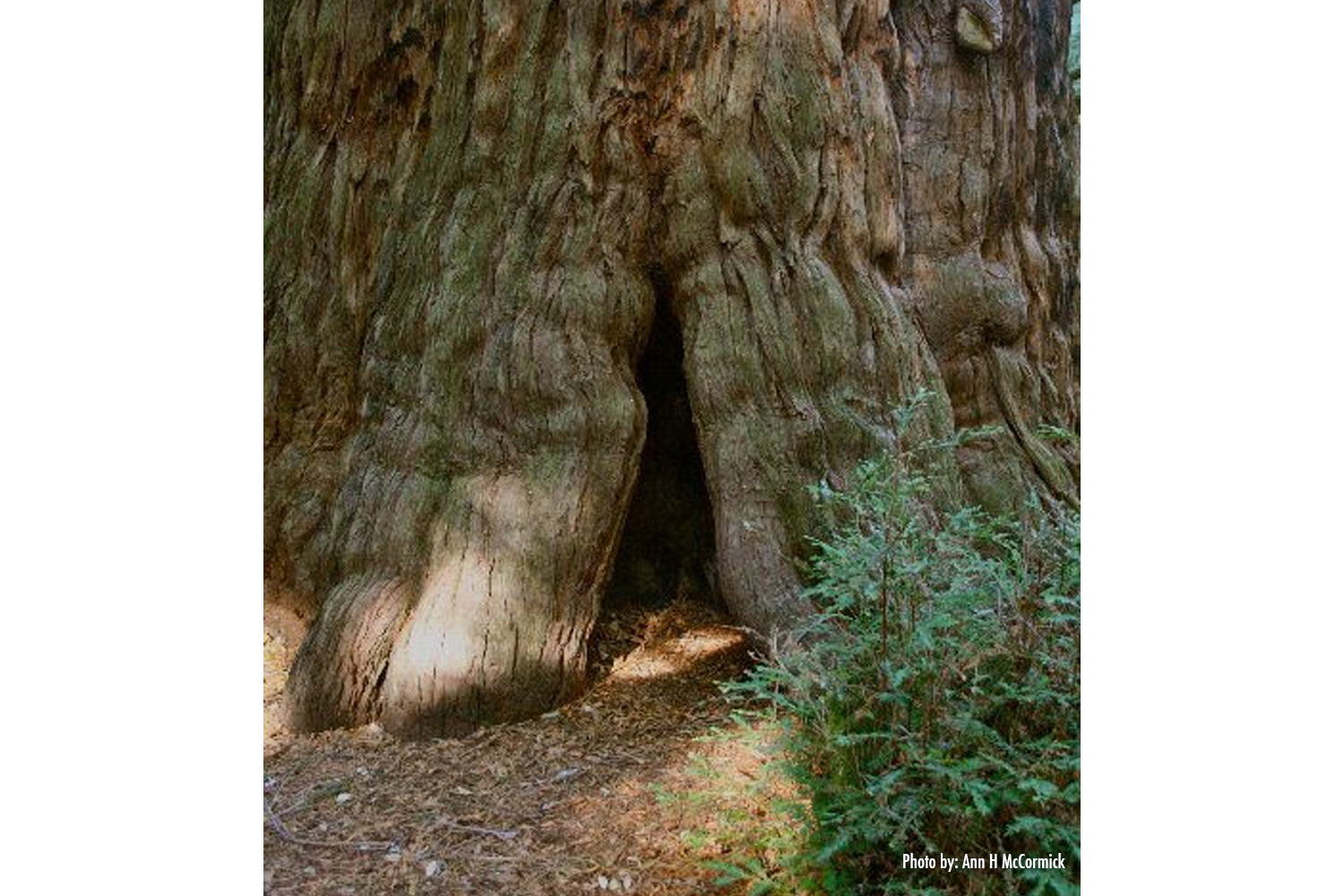
Tree Cave
About every twenty years throughout its life, the Methuselah tree endured a fire, usually from lightning strikes. Coastal Redwoods have bark that contains acid that protects the tree and puts out fires, so it survives, but sometimes the tree has damage. By the 16th C, the tree was well over a thousand years old, and many fires had burned its trunk. One especially bad fire burned up through the center of the tree, forming a “tree cave,” an opening in the center of its base. Some redwoods have tree caves so large, people stay inside them. We don’t know when Methuselah’s tree cave was burned in its trunk, but it looks like it was a long time ago.
Century CE
16th C
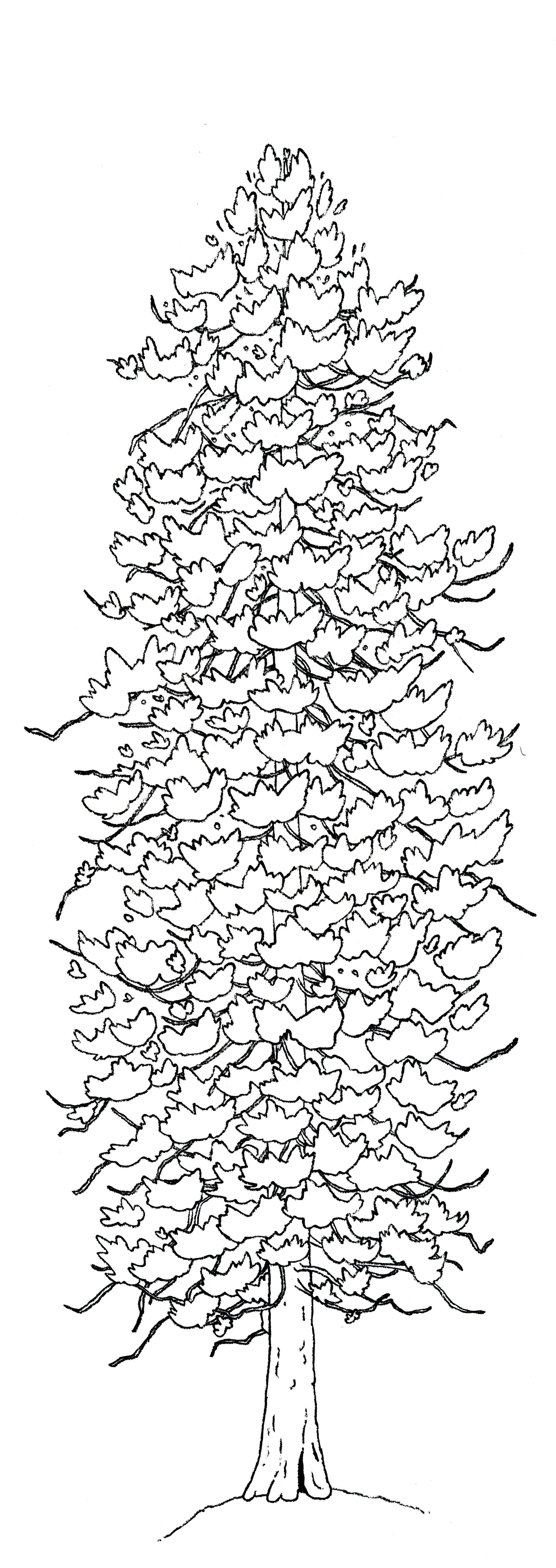
Around the World

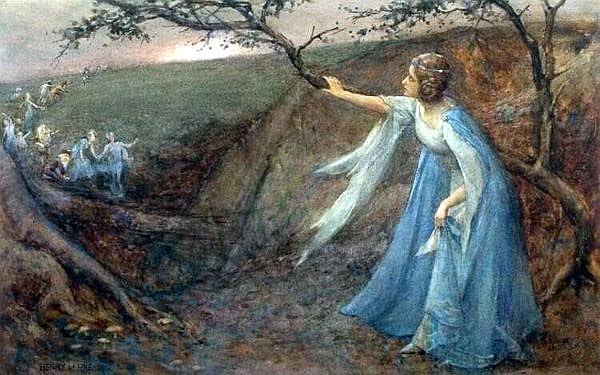
William Shakespeare Wrote Wonderful Plays
A literary breakthrough in the 16th Century was William Shakespeare writing plays and poetry considered the finest works in the English language, even until today. He was teased because he didn’t have a college degree, and people are not sure he wrote these plays, the work of a genius. One of Shakespeare’s plays is a comedy, Midsummer Night’s Dream, about the wedding of the Duke of Athens to the former queen of the Amazons. The play includes the antics of 6 actors, called “mechanicals” who influenced by fairies who live in the forest where the play takes place. In one painting, Titania, the queen of the fairies, welcomes her fairies; in the other, Titania has a spell cast upon her so she falls in love with Bottom, whose head is turned into a donkey. You might enjoy this play!
17th Century
Near the Methuselah Tree
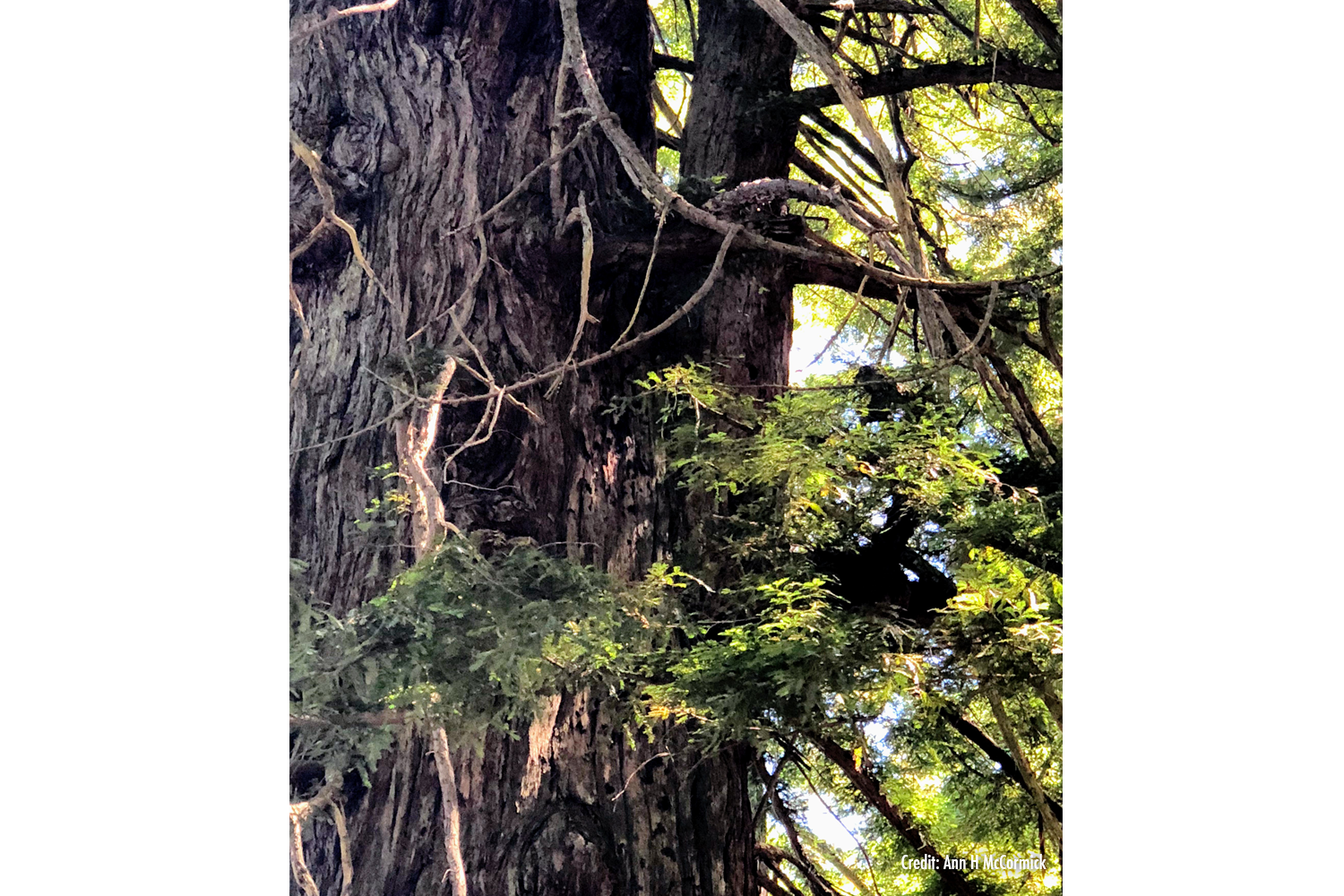
Methuselah Grows New Trunk
Perhaps an earthquake shook the Peninsula where the Methuselah Tree stood. Nobody was keeping records about the tree at that time; there were hundreds of other trees nearly as large, so the Big Old Tree stood among many others, already 1,700 years old.
If you look up at Methuselah’s trunk, you will see that a new tree branched off and grew to the top of the tree. This happens with redwood trees that need to balance their weight, for example when there is a shift in the earth in an earthquake.
During the 18th C Mexico won its independence from Spain so Alta California became part of Mexico.
Mexico arranged for the missions to be independent of Spain and granted large areas of land for ranchos. Many Ohlone people moved to ranchos, then were removed from them so they had no home.
Late in the 18th C the 13 Colonies won independence from the British Empire.
Still Methuselah grew larger, it’s trunk getting enormous. The tree was now 1,700 years old.
Century CE
17th C
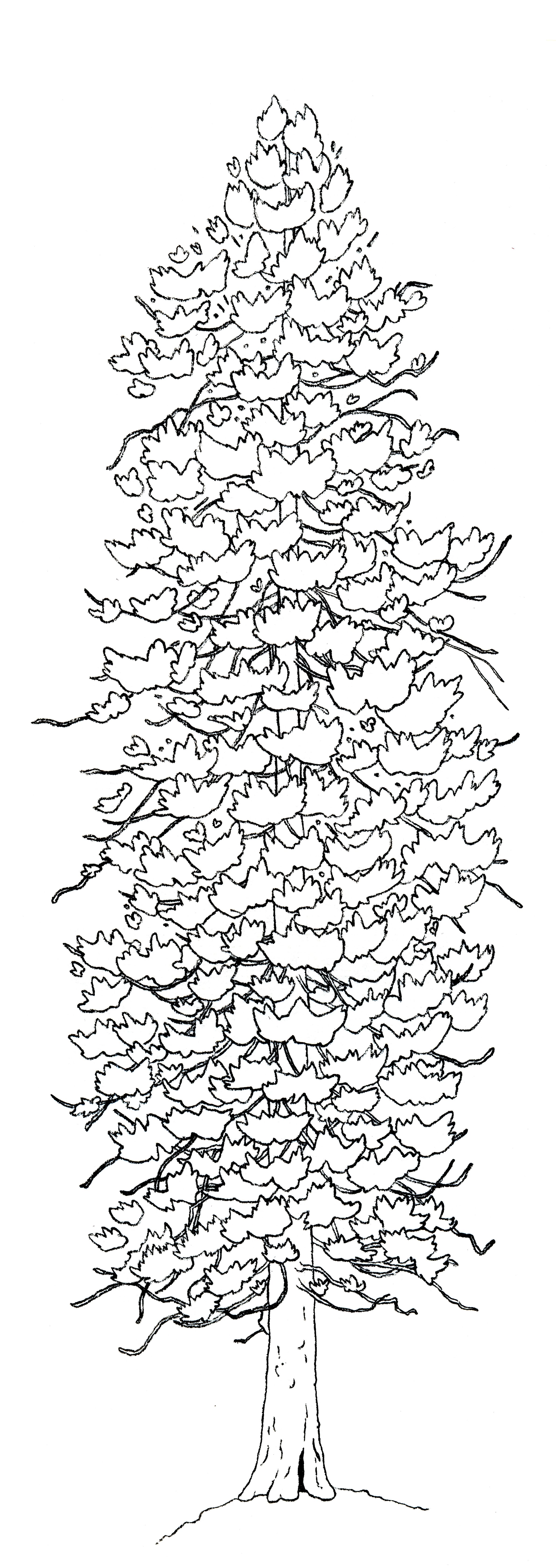
Around the World
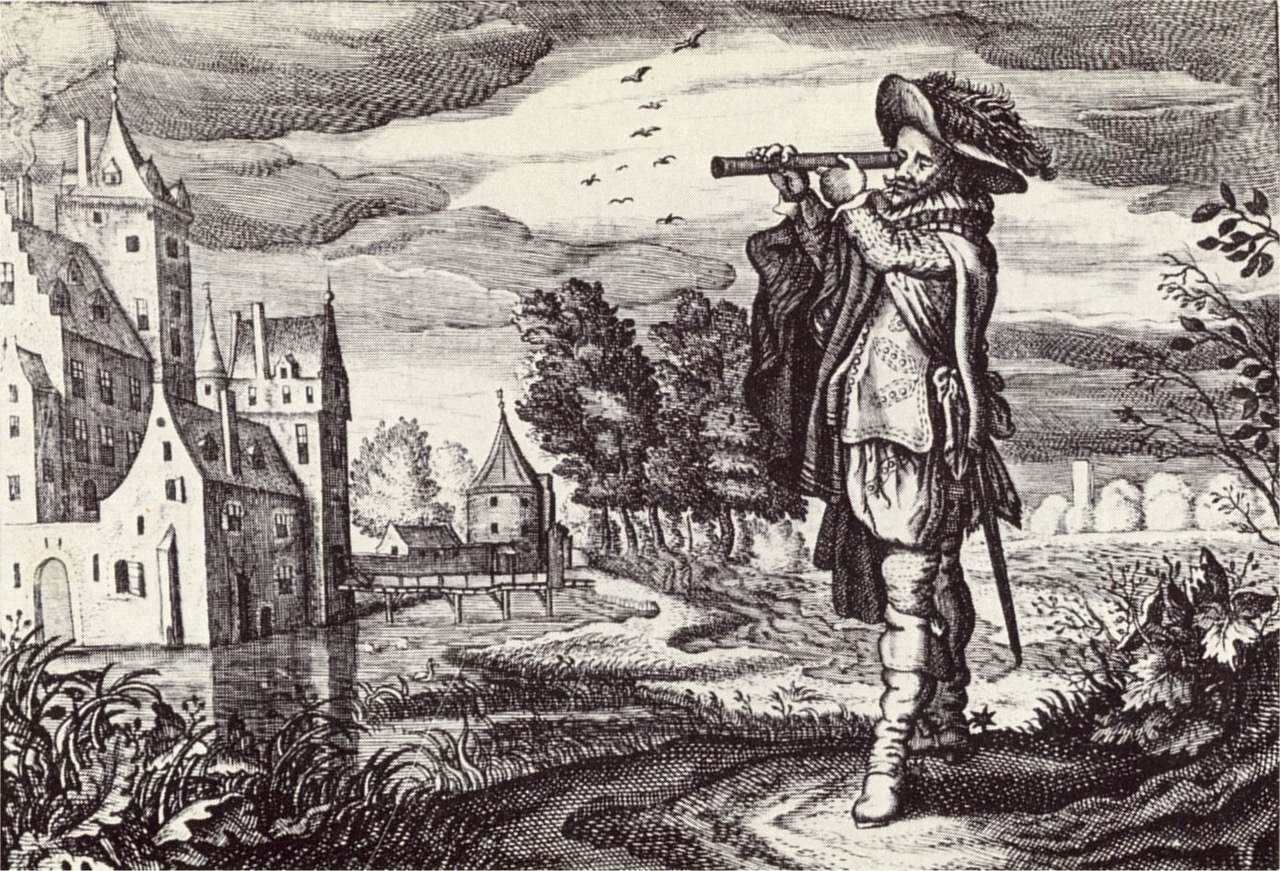
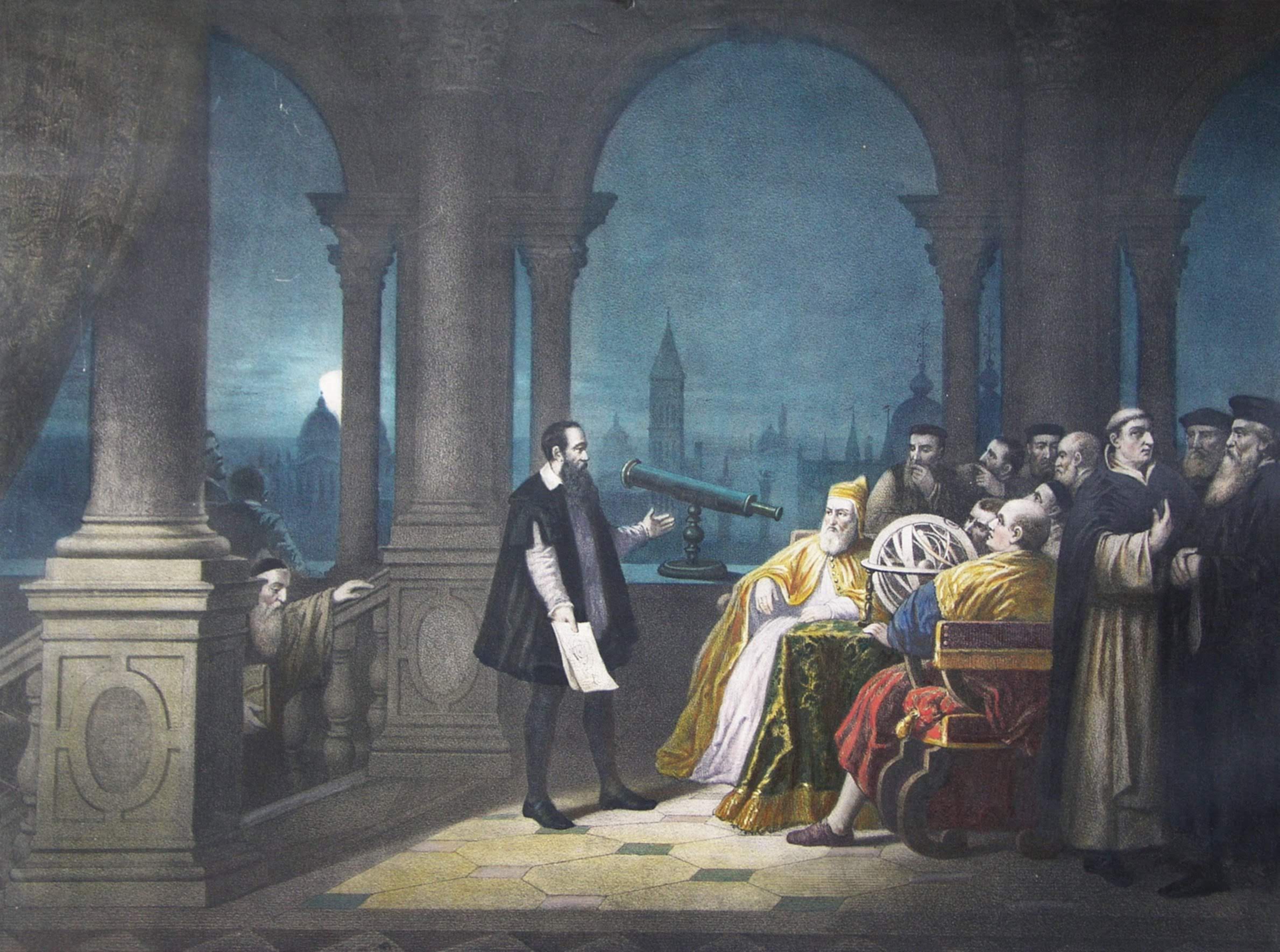
Telescope
Ask anyone today and they would probably admit to wanting a superpower. Today, if we want to fly we invent jet packs or flying cars. People living long ago were no different. Instead of flying, they dreamt of super vision. The telescope was invented 400 years ago to “[see] things far away as if they were nearby.” Merchants could use them from the decks of their ships to discover hazards before they became a problem and astronomers could use them to uncover the mysteries of our solar system.
18th Century
Near the Methuselah Tree

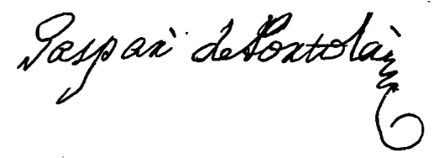
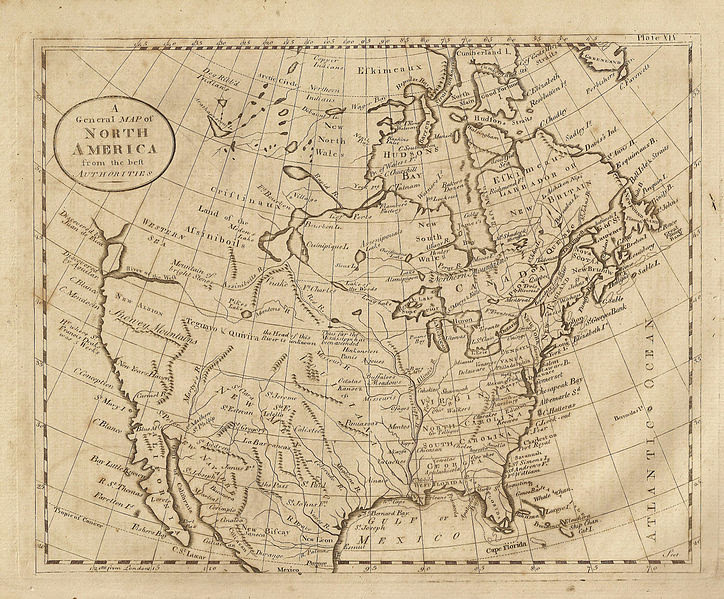

Portola Finds San Francisco Bay
People in Europe thought of Alto California as a land they could claim as their own by setting up a marker, such as a cross, on the land and establishing settlements. The Europeans thought that people with different beliefs, like the Ohlone, were inferior to them, and not deserving equal rights.
The King of Spain wanted to claim land on the Pacific Coast for his country. He knew great wealth in gold had been found to the south.
England had claimed land on the Atlantic coast in what became the 13 colonies and the English might come West. Russia was exploring Alaska for fur trading and trappers had been seen in Alto California, so Spain was eager to establish their claim quickly.
The King of Spain sent an expedition on land and by sea, led by Gaspar de Portola, Governor of the area. Portola and his men walked from Baja California 400 miles to Monterey Bay, eager to find a safe harbor for ships that could bring supplies and stop on their way from trading across the ocean.
A ship sent from Spain with much needed supplies had been lost, and Portola heard it was seen in Monterey Bay.
Portola did not recognize Monterey Bay from descriptions he’d heard, but he marked the area with a cross, then led soldiers, a mapmaker, a surgeon, 4 volunteers and a chaplain farther north. But the ship was nowhere to be seen, and was never found. So Portola and his men marched on to the north.
Can you imagine walking from Baja California in Mexico to the Monterrey Bay with only supplies your friends and your mules could carry, and having no maps or shelter? Portola’s men marched with few stops, all the way to San Francisco Bay, though of course nobody had named it that yet.
Native people gave Portola’s men food and showed them trails to follow, and the Spaniards gave the native people trinkets, like beads, that they hadn’t seen before and could trade with other tribal bands.
Many of Portola’s men died along the way, but others fared better with the help of good food from the Ohlone. Finally, men in Portola’s group saw the San Francisco Bay from a hill in San Mateo, but they could not see the opening to the ocean where the Golden Gate Bridge is now, so they did not realize what an important place the Bay Area could become.
Portola and his men turned around and walked all the way back to Mexico. Then someone convinced Portola that he had indeed found Monterey Bay so he marched all the way back from Mexico and found the cross he had planted the year before. Portola established a Presidio (or fort) in Monterrey, and his companion, Junipero Serra, established missions. Portola went back to Spain and never came back. Several schools and the town of Portola Valley were named after Gaspar de Portola.
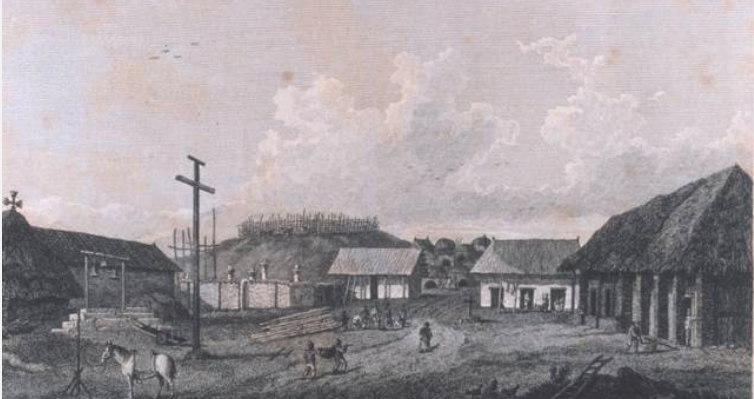
Mission of St. Carlos near Monterrey, 1792
Century CE
18th C
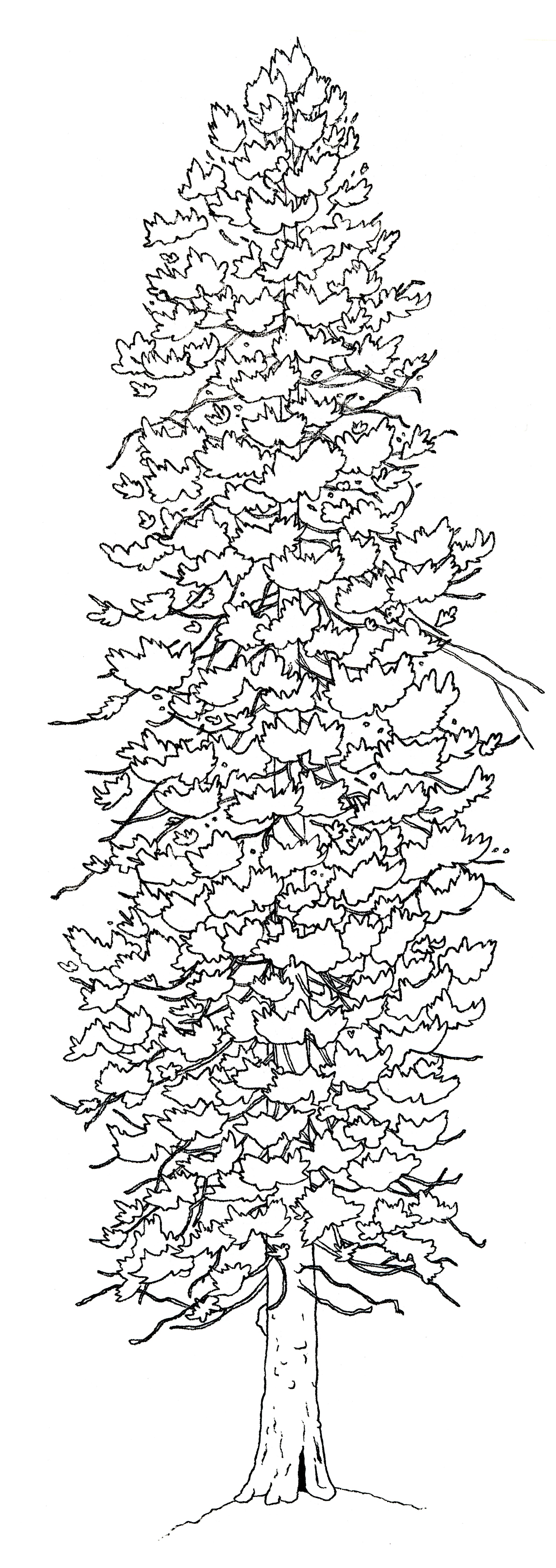
Around the World
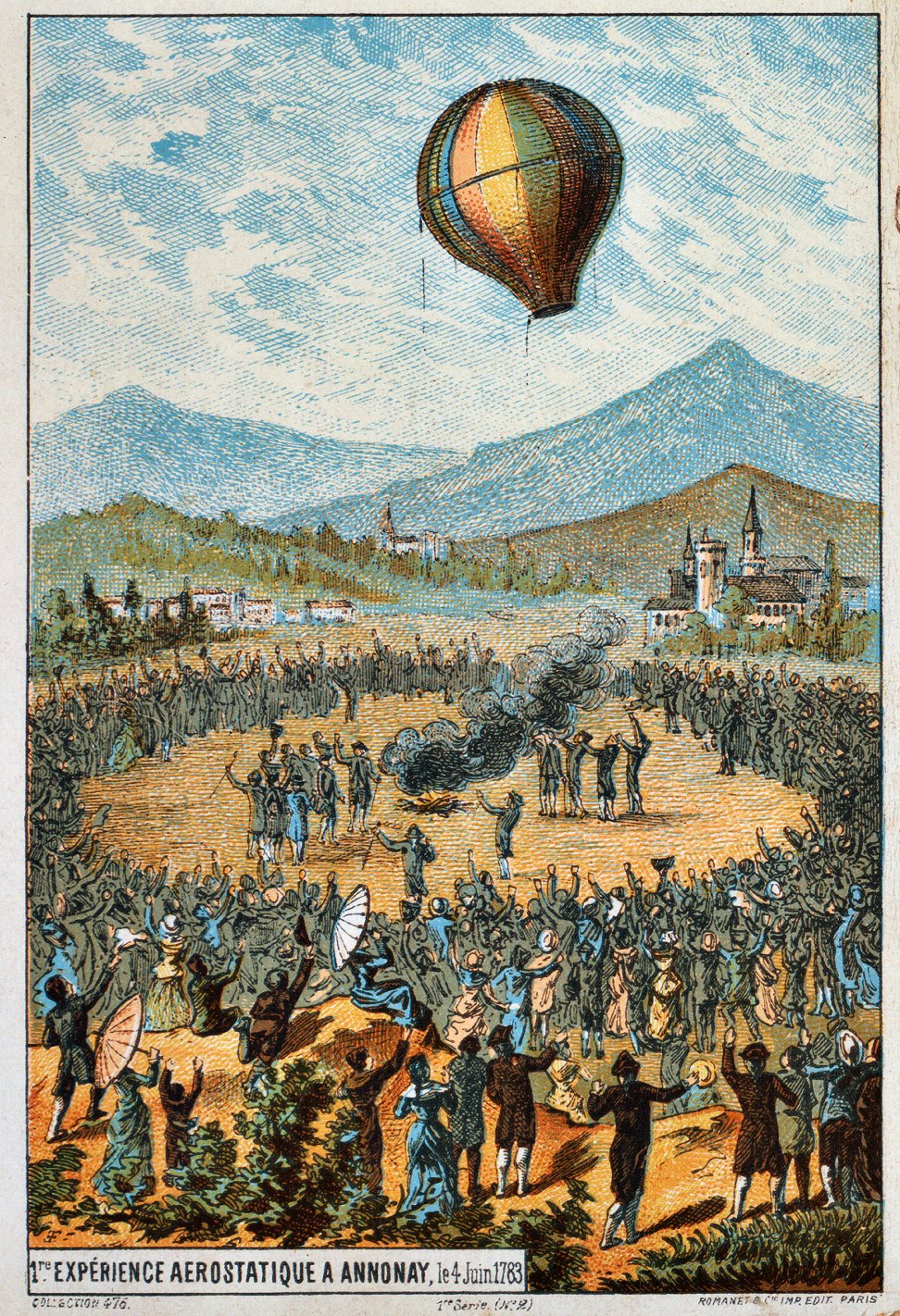

Hot Air Balloon
The hot air balloon is a lighter-than-air aircraft with a large bag of heated air that enables it to fly. The hot air balloon carries a basket under the balloon where people ride into the sky. An open flame in the basket keeps the air in the balloon hot. The first time people ever flew was in a hot air balloon. The first flight happened in Paris, France in a balloon invented by Joseph-Micheal Mongolfier (shown in the portrait) and his brother, JacquesEtienne.
Joseph once jumped from the family house using a parachute he invented. He watched how smoke from a fire rises, and built a 3’ by 3’ by 4’ box out of thin wood with a covering of ta ffeta cloth. He crumpled and lit some paper and put it under the box, which quickly floated up and hit the ceiling. Joseph wrote to his brother, “Get in a supply of ta ffeta and of cordage, quickly, and you will see one of the most astonishing sights in the world.”
They built a box 3x as large. When lit, it flew over a mile, went out of control and crashed.
Then they built a globe-shaped balloon of sackcloth, tightened with 3 thin layers of paper inside. It had 3 bands to hold it vertically, and 1800 buttons to keep it together. It held 500 pounds of air. Fish net covered the whole balloon. They flew the balloon over a mile, going up to 6,000 feet in the air, in a flight–the first human flight —for 10 minutes. Joseph had messy clothes and was shy, so his brother Etienne traveled to Paris to demonstrate that they could fly. He built a 3,000 foot balloon of ta ffeta coated with alum to keep it from burning. The brothers probably decided to send a sheep named “Climb to the sky (which they thought resembled human physical characteristics), a duck and a rooster.
They thought altitude might harm people. The flight took off at Versailles, the palace of King Louis XVI of France, Marie Antoinette, his wife, and a crowd. The flight lasted 8 minutes, covered 2 miles and reached 1,500 feet high. It landed safely and since the animals were fine, the king allowed humans to fly in the balloon.
19th Century
Near the Methuselah Tree

California Gold Rush
The 19th C brought tremendous change to California. For 8,000 years, Ohlone people had lived in the area they called Ahwaste, “place of the bay.” In 1849 San Francisco had 600 residents; in one year there were 100,000. Immigrants from China, Ireland and around the world came to work supplying the miners, and to find gold.
The Ohlone people at missions had moved to the ranchos doing farm work until they were removed from the ranchos. Native people in gold country were forced to leave their land, where they gathered food and hunted, so they had a very difficult time.
California became a state, Native and Hispanic people had no laws to protect them. Indians were not allowed to be citizens. It was a very sad and unfair time for the Ohlone.
The gold rush made San Francisco the financial center of the American West. Soon San Francisco split off San Mateo County to the south. A stage coach line ran to Redwood City, a port for shipping lumber cut from the giant coastal redwoods in the hills.
The first settlers came to Woodside, CA to log giant redwoods. They set up saw mills to produce building materials for a booming San Francisco. Almost every ancient tree was cut down, but Methuselah was probably spared because it was too crooked to be cut.
Late in the 1800s rural residents of the Santa Clara Valley saw 300 square miles of ancient redwood forests cut. They formed the Sempervirens Fund to protect the largest area of old growth forest which became Big Basin State Park. They went on to protect more old redwoods.
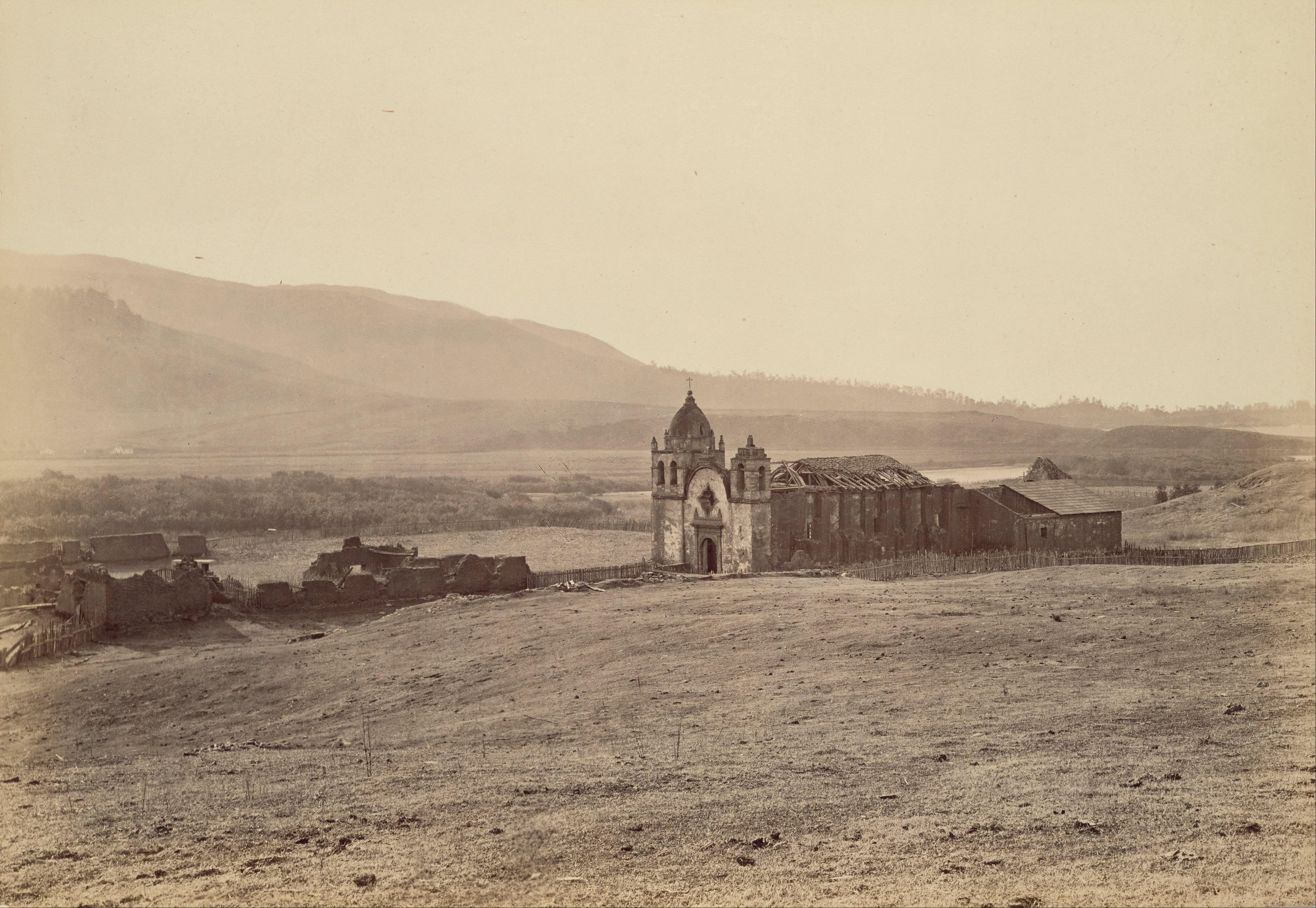
Mission of St. Carlos near Monterrey, 1883
Century CE
19th C
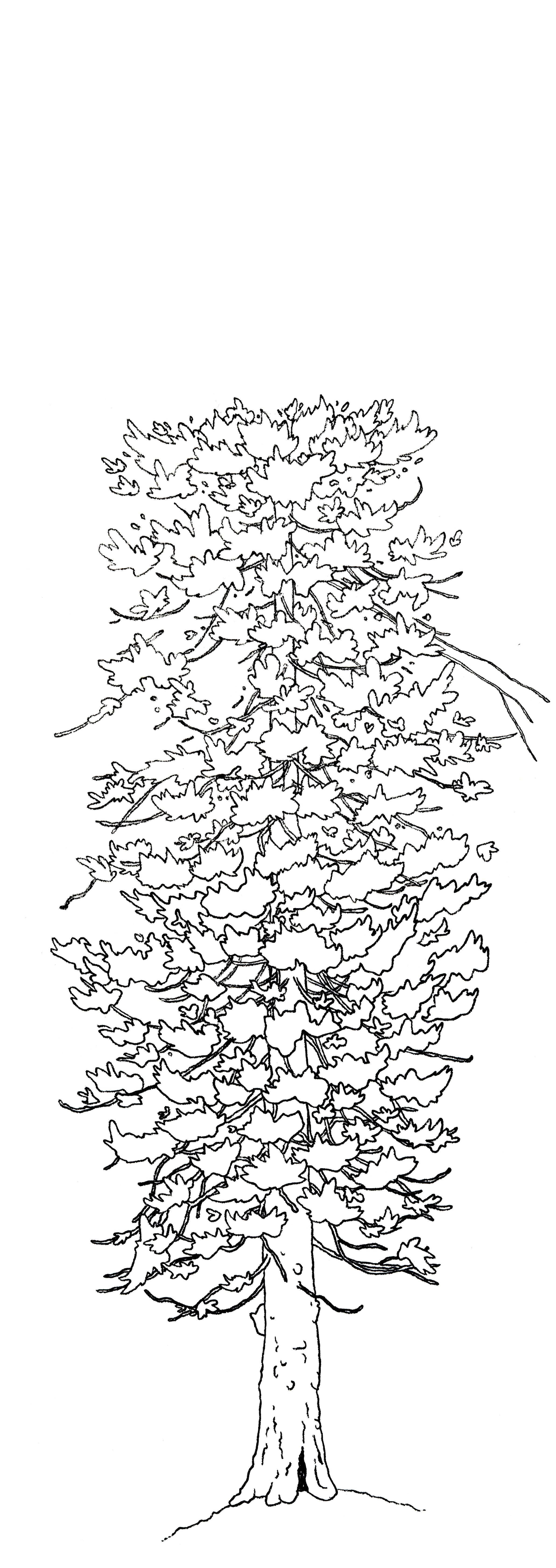
Around the World
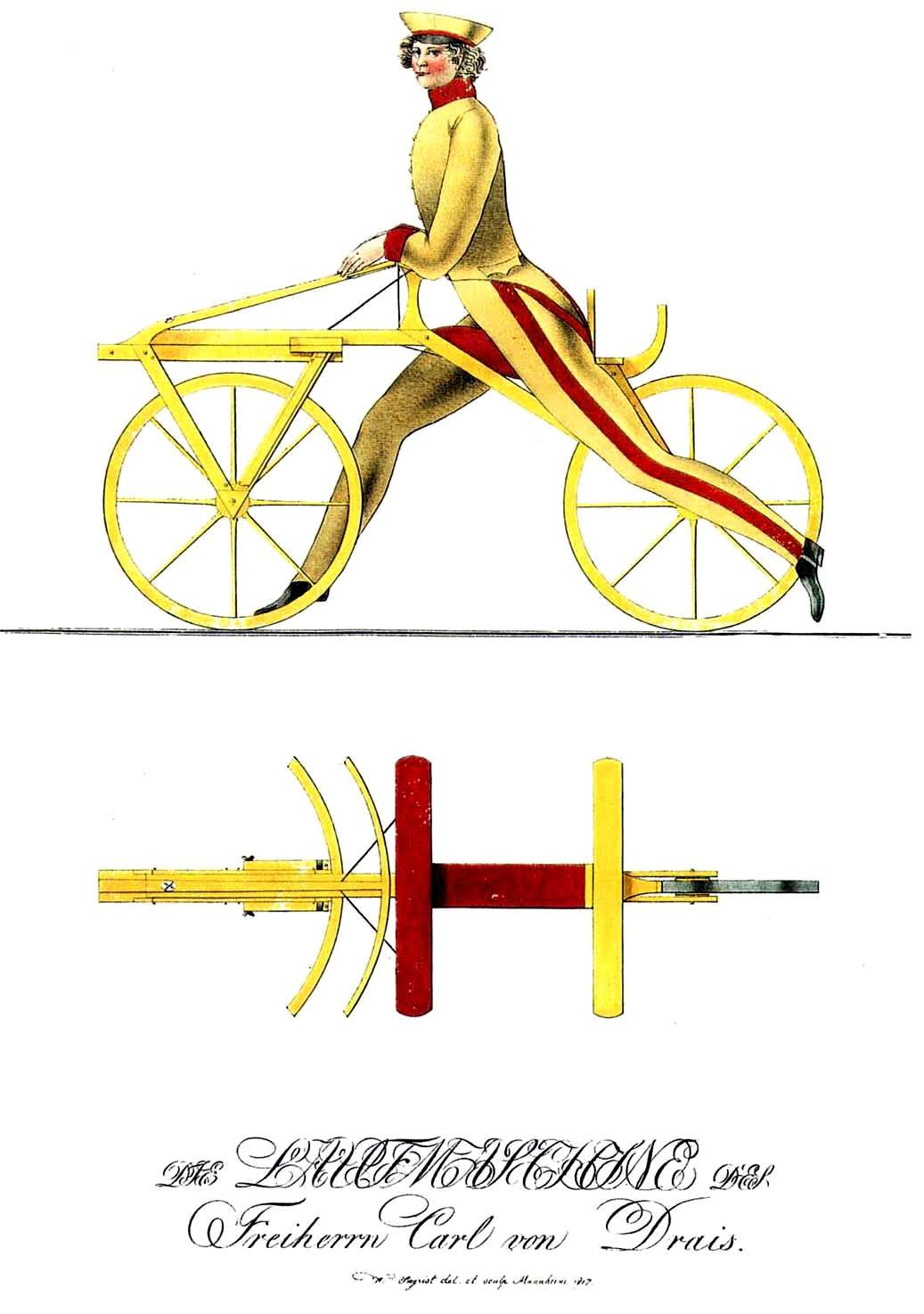
First Bicycle
Once, there was a Year Without A Summer across much of the world. A huge volcano had begun erupting the year before and the ash circled round the world blocking the sun’s heat. During that very cold summer, the world suffered: animals went hungry and died, farmers watched their crops freeze or flood, and people became desperate.
For thousands of years, horses were a primary form of transportation for people, but they also died that summer making life even more difficult for people. A German man named Karl von Drais was inspired by the loss of horses to invent a new form of transportation that the French eventually renamed the bicycle.
The first bikes were nothing like the bikes we ride today. They were heavy, made of wood and iron, and at first only men could ride them and they would push their feet against the ground to move. It would take 40 years for someone to add pedals and then rubber tires to early bicycles. Just in time for women to begin riding bikes and expanding their ability to visit friends, share ideas, and establish their right to vote in the United States and Britain.
20th Century
Near the Methuselah Tree
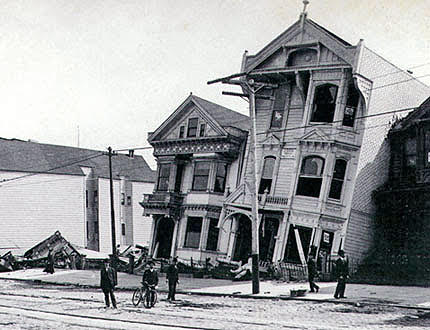
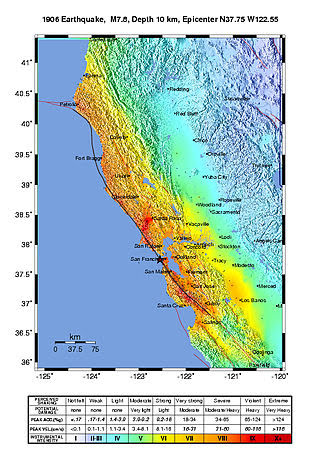
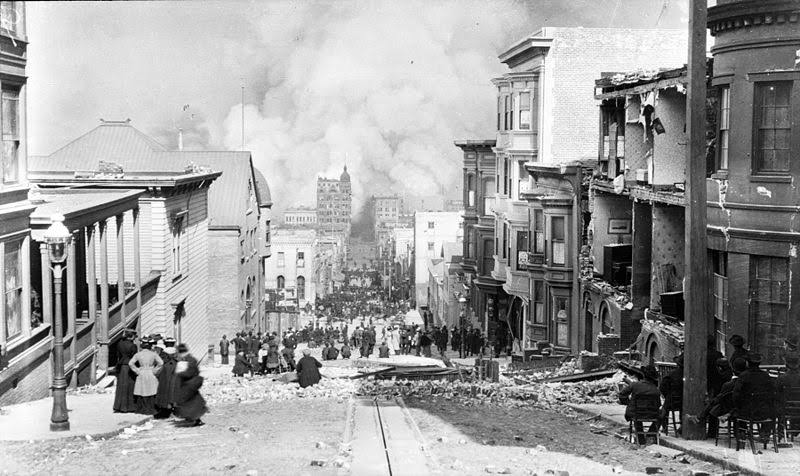
San Francisco Earthquake
In 1906, San Francisco had a devastating earthquake that resulted in destruction of 80% of the buildings in the city. Fires raged in the city for several days. In Woodside, saw mills were set up to cut the second growth redwood trees to rebuild San Francisco.
The Methuselah Tree appeared in a 1938 children’s book about San Mateo County, standing alone on the mountain with no other trees around it. That’s because all the other trees had been cut down. The tree looked like the top had broken off recently. Coastal redwoods grow about 100 feet taller in 100 years, or widen their trunks. Do you think the tree had broken off in this photo? In 1954, about 1/3 of the tree broke off, about 88 feet. See if you can find it the pieces below the tree. How much do you think it’s regrown?
The Skyline Blvd. area, King’s Mountain, became home to people who enjoyed nature and wanted to live in the redwoods. They built small cabins at first then large homes overlooking the Pacific Ocean. Restaurants opened that still serve local people and visitors, including motorcycle riders, people with fancy classic cars, hikers and and bicyclists who come to Alice’s Restaurant on Skyline, 3 miles from the Methuselah Tree, and the Mountain House, further north on Skyline where dinners are served by a fireplaces and in a glass room looking up at the second and third growth redwood trees.
With families arriving, King’s Mountain School opened for K to grade 5 children, and won a national award as a School of Excellence. Woodside and Portola Valley also opened fine schools where 4th graders study the history of California. King’s Mountain started an annual Art Fair and Volunteer Fire Brigade, and wonderful libraries opened to serve the local communities.
Also during the 20th C, the Golden Gate Bridge was built, linking Marin County with San Francisco and the Peninsula. The Peninsula was settled with homes of people working from San Francisco to San Jose, Wonderful restaurants opened to serve these people, Alice’s and the Mountain House on Skyline, and Buck’s and the Village Pub in Woodside. The Methuselah still grew, overlooking the ocean and the bay.

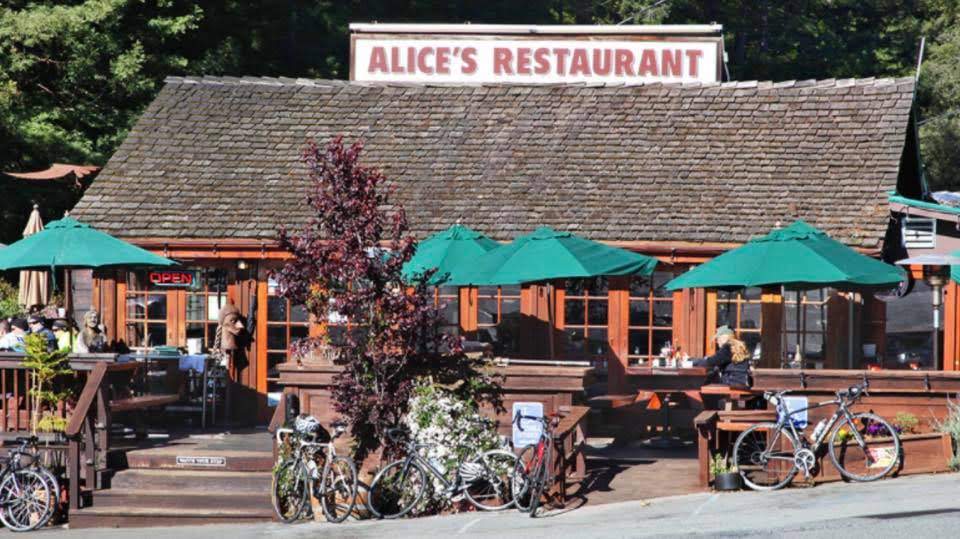
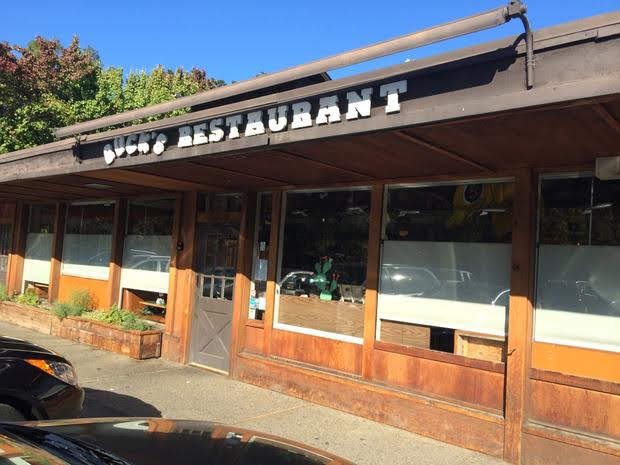
Century CE
20th C
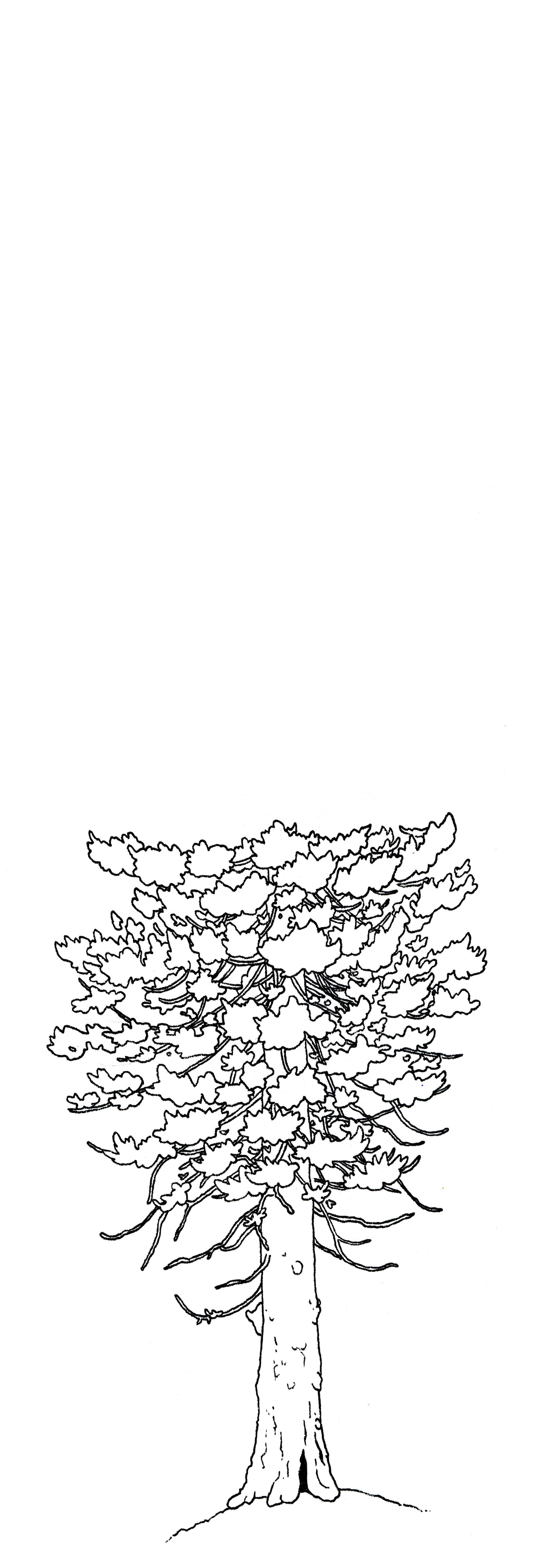
Around the World
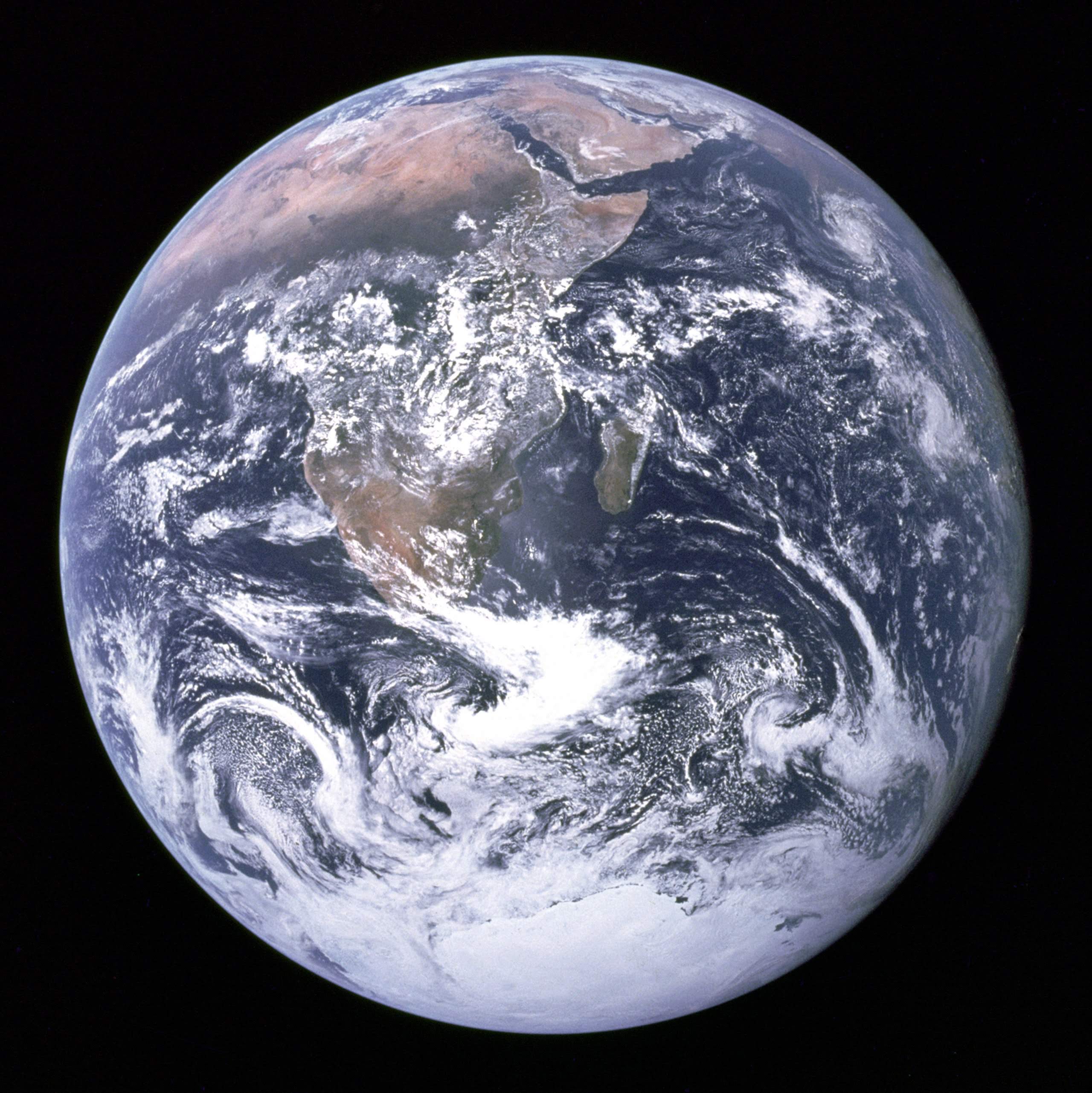
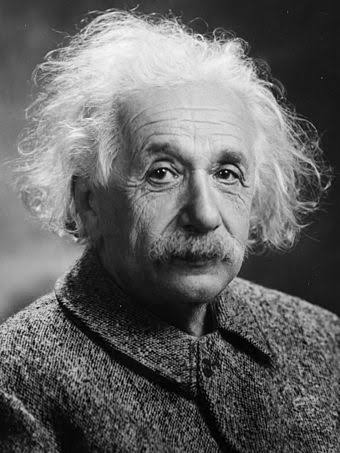

First Space Exploration
During the 20th C, life changing inventions were made—television, the personal computer and video games. Albert Einstein, the father of modern physics, wrote the formula E=MC2, stating that energy equals matter, changing our sense of what the world is made of forever. The United Nations was formed, the Internet was invented, rock music emerged, and films were released for the first time.
One of the most amazing 20th C inventions was space travel, which people since ancient Greece wrote dreamt and wrote about. On one mission, Apollo 17, astronauts made the longest moon walk, spent the longest time in lunar orbit, and completed the final mission of NASA’s Apollo program, named after Apollo, a mythical classic Greek god.
Apollo was son of Zeus, the sky and thunder god. Apollo was the most beautiful god, a prophetic deity worshipped at Delphi where an Oracle told the future. Apollo carried a golden bow and golden arrows, and never missed his target as an archer, a worthy namesake for the US Space Program in the 20th C.
Other 20th C inventions include the radio, the computer, the video game, and television.
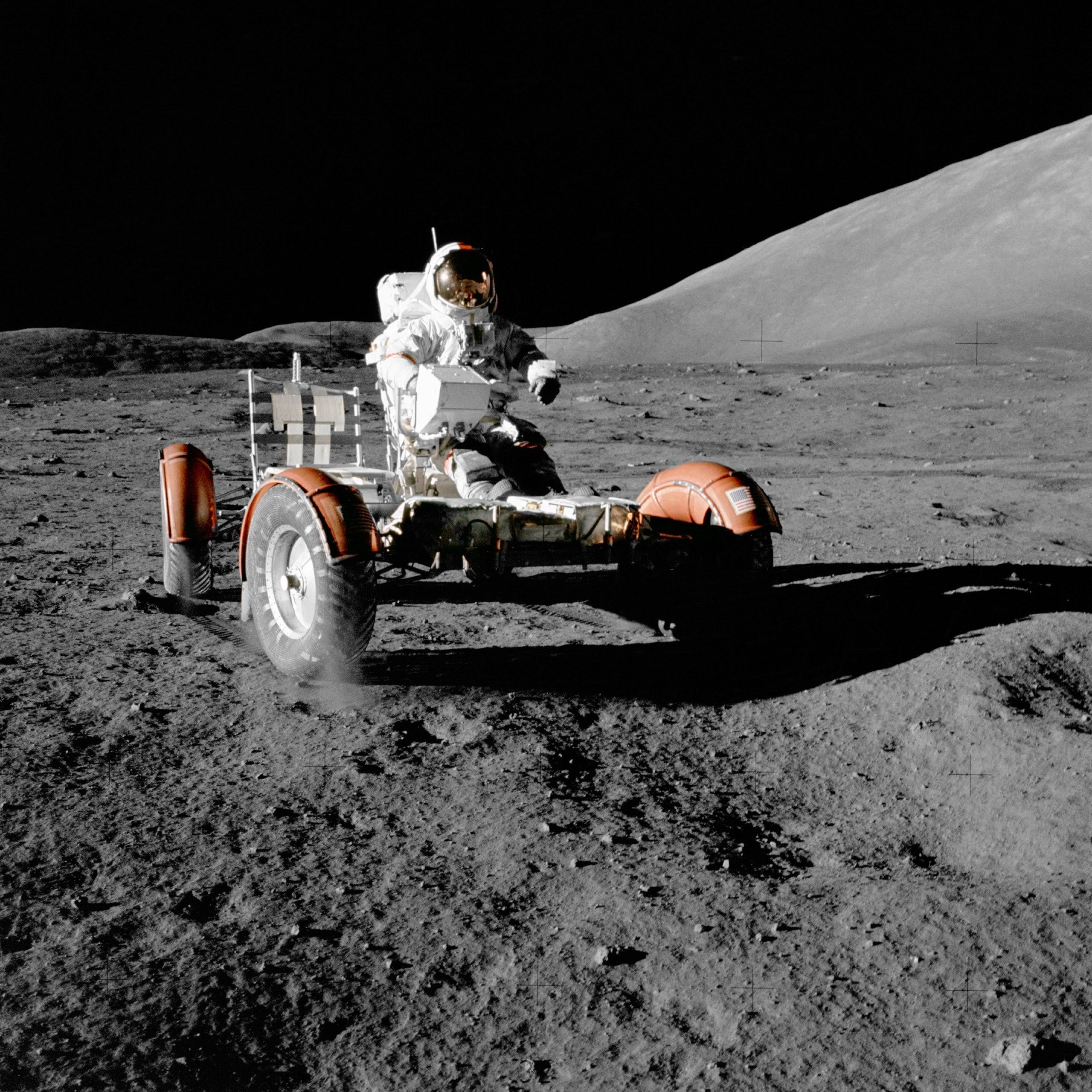
21st Century
Near the Methuselah Tree
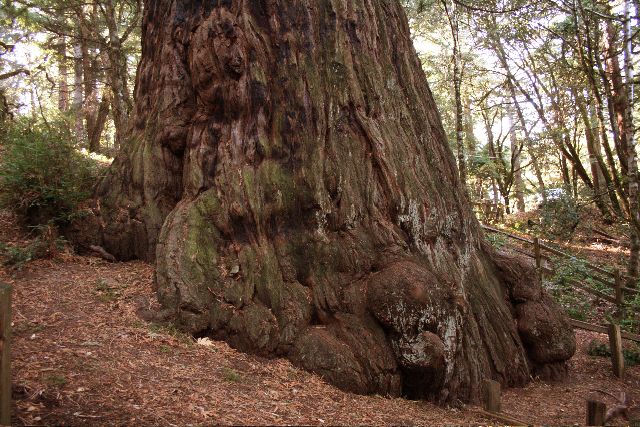
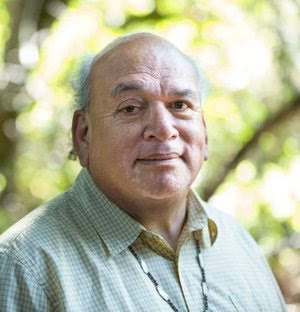
Umunhum Mountain
During the early years of the 21st C, the Methuselah Tree had many visitors, people wrote web sites about it, and the Cal Water Service took care of the little park around the tree.
Ohlone people are alive today. One band near the tree, the Amah Mutsun, lead by Valentin Lopez, was given land at Umunhum Mountain, named for the hummingbird in 3 Ohlone languages. They welcome visitors to plant gardens there, and to see their dances and ceremonies.
Century CE
21st C
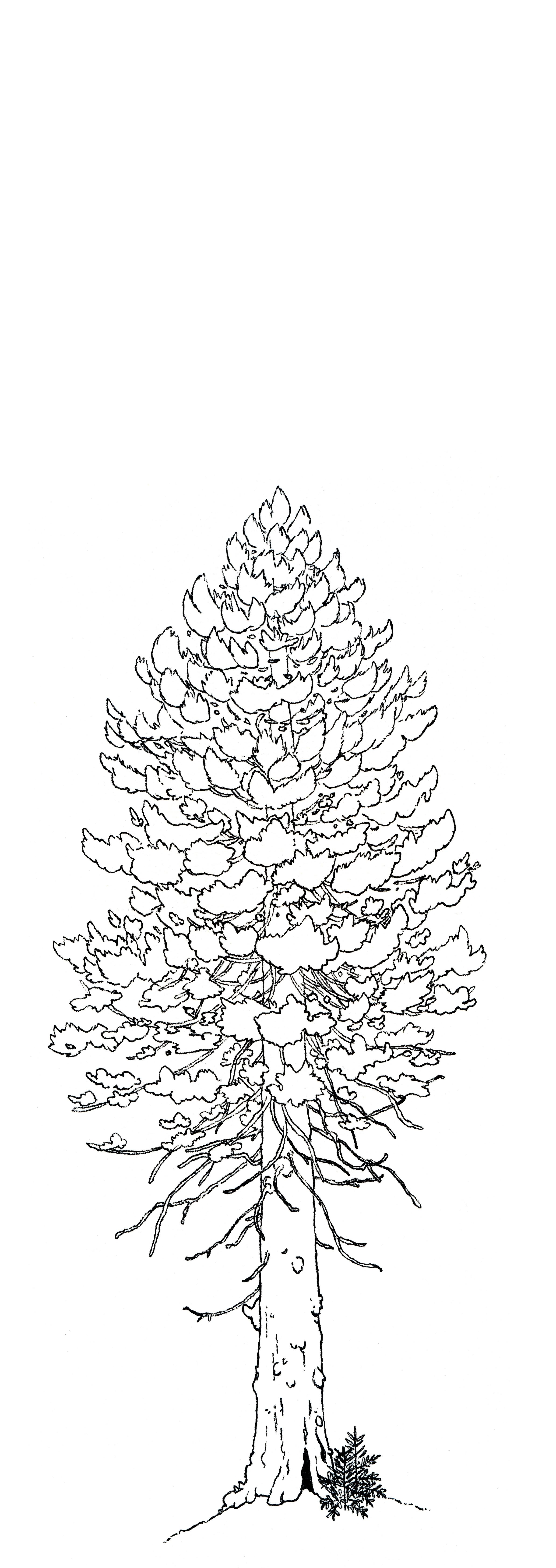
Around the World



Silicon Valley
The 21st C brought new ways for people to communicate with anyone, anywhere in the world, new ways of finding out what is happening everywhere, new knowledge of how history unfolded, and new discoveries in science as new instruments are invented. Space programs moved from being carried out by national governments to private companies taking up the challenge of space travel. Mobile phones and tablet computers got more capacity, speed, storage, high definition screens, cameras, video players, more capacity than the big computers that launched the space program in the 20th C. And one of the most wonderful things of all—YOU WERE BORN! The world awaits your unique contribution.
